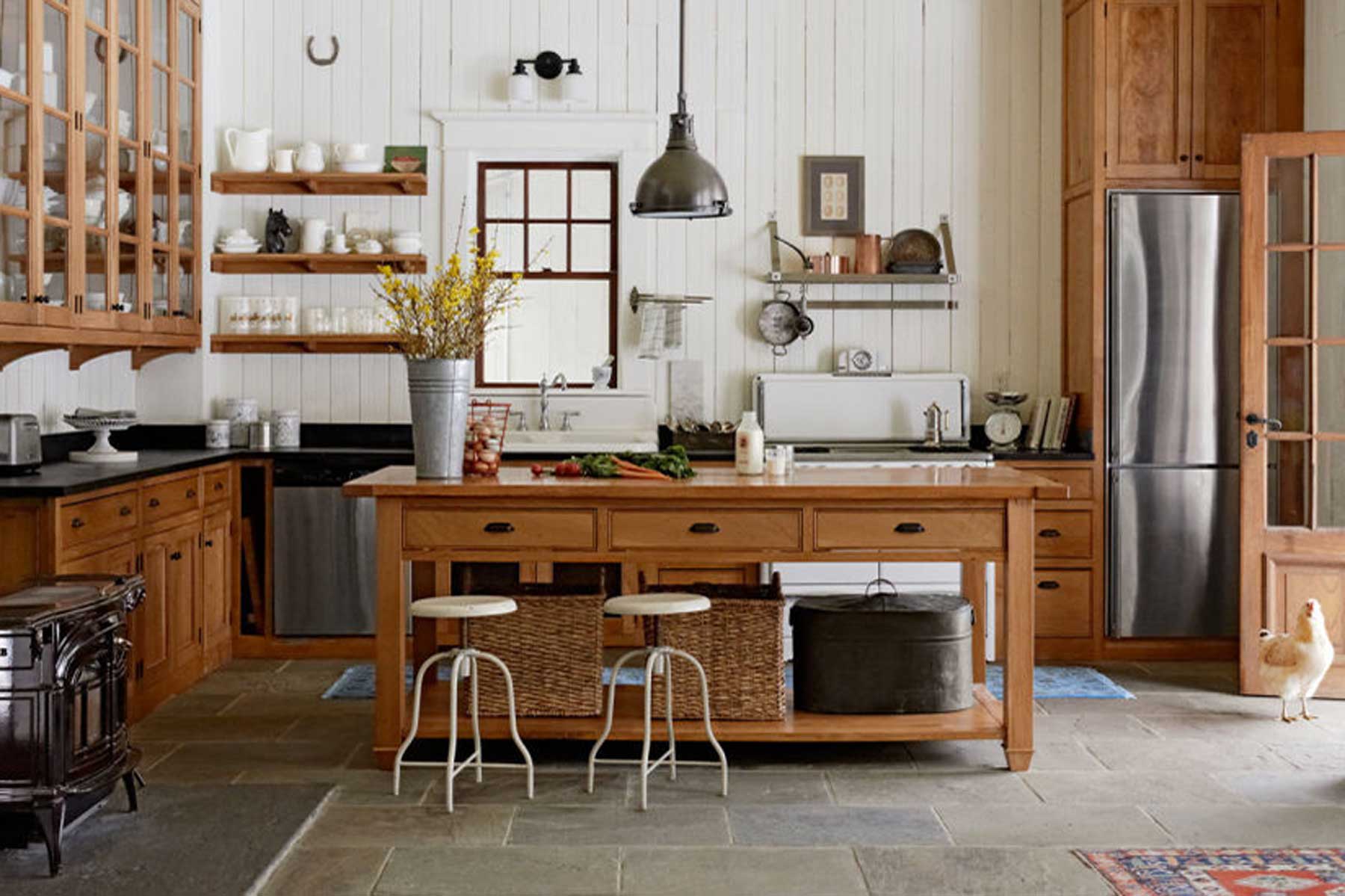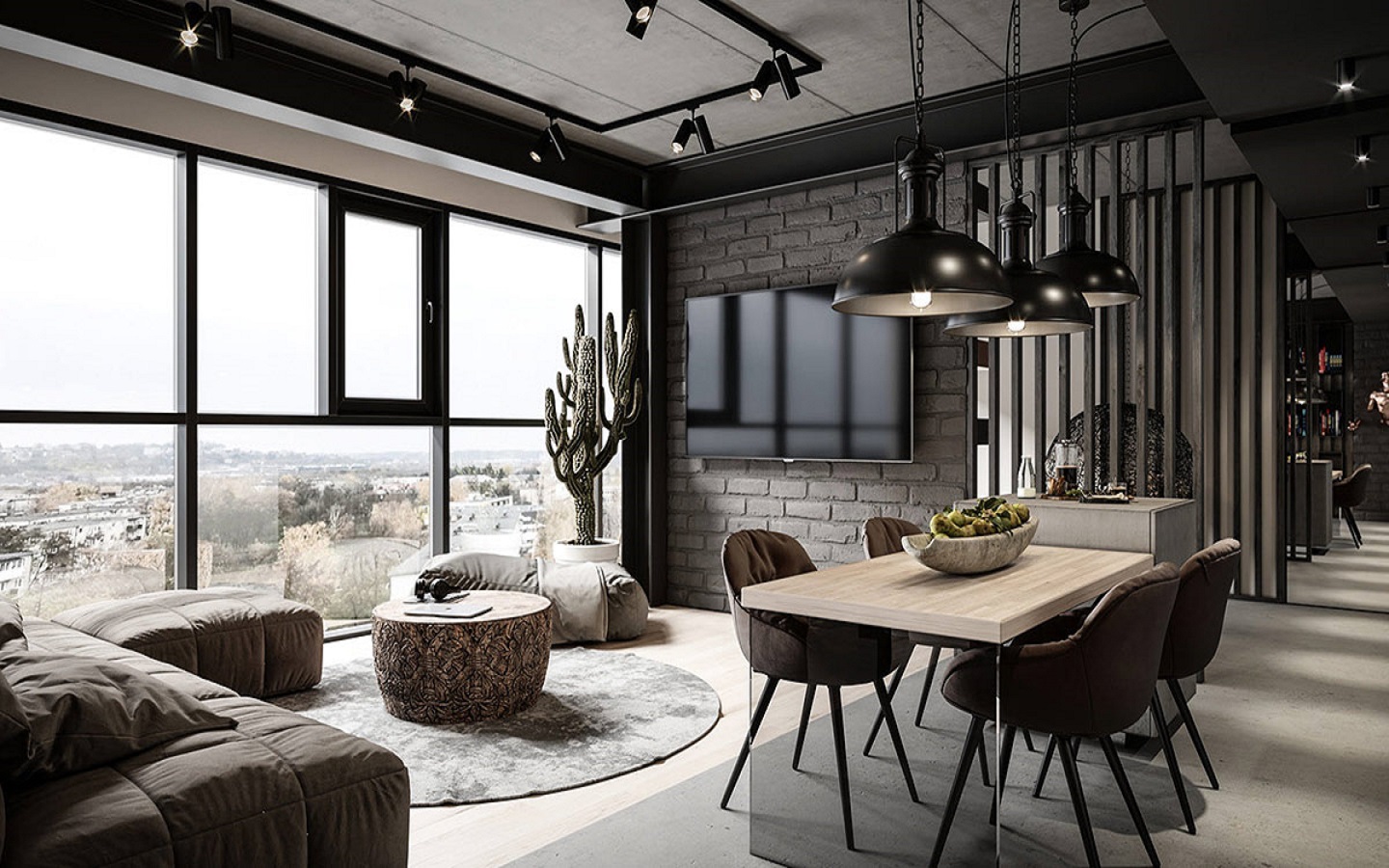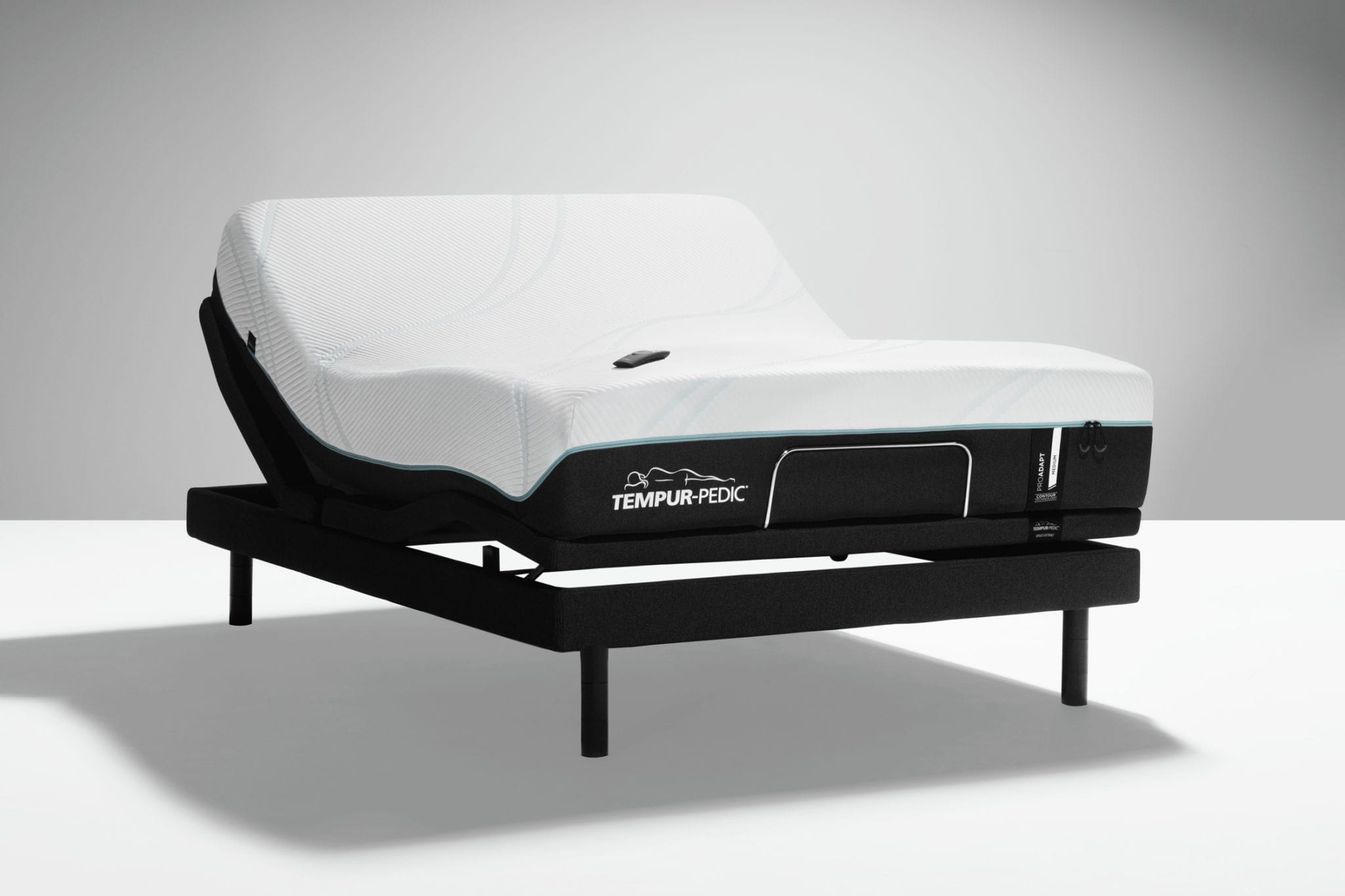The layout of a kitchen is one of the most important aspects of its design. It determines the flow and functionality of the space, and can greatly impact the overall aesthetic. When designing a kitchen, it is important to consider the size and shape of the room, as well as the placement of key elements such as the sink, stove, and refrigerator. The layout should also take into account the needs and preferences of the homeowner, as well as the overall style of the kitchen.Layout
Storage is another crucial aspect of kitchen design. A well-designed kitchen should have ample storage space to keep all necessary items organized and easily accessible. This includes cabinets, drawers, and pantry space. It is important to consider the amount and type of storage needed, as well as the placement of these storage elements to ensure convenience and efficiency in the kitchen.Storage
Lighting plays a major role in kitchen design, both in terms of functionality and aesthetics. The right lighting can make a small kitchen feel more spacious and a large kitchen feel cozier. It is important to consider the natural light sources in the room and incorporate additional lighting, such as overhead lights and task lighting, to create a well-lit and inviting space. The type of lighting chosen should also complement the overall style and color scheme of the kitchen.Lighting
The color scheme of a kitchen can greatly impact its overall look and feel. When choosing a color scheme for a kitchen, it is important to consider the size and natural lighting of the room, as well as the style and preferences of the homeowner. Bold and vibrant colors can add energy and personality to a space, while neutral tones can create a more calming and timeless feel. It is also important to choose colors that complement each other and create a cohesive look.Color Scheme
The materials used in a kitchen can greatly impact its durability, functionality, and aesthetic. From countertops and backsplashes to flooring and cabinetry, it is important to choose materials that not only look good but also fit the needs and lifestyle of the homeowner. For example, a busy family may opt for durable and easy-to-clean materials, while a home chef may prefer high-quality materials for their countertops and appliances.Materials
Appliances are a key component of any kitchen design. They not only serve important functions but also contribute to the overall aesthetic of the space. When choosing appliances, it is important to consider the size, features, and energy efficiency of each appliance. It is also important to choose appliances that fit seamlessly into the overall design and color scheme of the kitchen.Appliances
Functionality is a crucial aspect of kitchen design. A well-designed kitchen should be both functional and visually appealing. This includes considering the placement of key elements such as the sink, stove, and refrigerator, as well as the amount and type of storage and the flow of the space. It is important to create a kitchen that not only looks good but also works well for the needs and preferences of the homeowner.Functionality
Accessibility is an important consideration in kitchen design, especially for those with mobility challenges. It is important to create a kitchen that is easy to navigate and use, with features such as lower countertops, wider aisles, and pull-out shelves. This not only makes the kitchen more user-friendly but also adds to its overall functionality and appeal.Accessibility
When designing a kitchen, it is important to consider the budget. This will help determine the scope of the project and the materials and elements that can be incorporated. It is important to prioritize the most important aspects, such as functionality and durability, and make decisions based on the available budget.Budget
Last but certainly not least, style is a major aspect of kitchen design. The style of the kitchen should reflect the preferences and personality of the homeowner while also complementing the overall style of the home. Whether it's a sleek and modern design or a cozy and rustic feel, the style of the kitchen should be consistent and visually appealing. In conclusion, the top 10 main aspects of kitchen design include layout, storage, lighting, color scheme, materials, appliances, functionality, accessibility, budget, and style. By considering these factors and incorporating them into the design, you can create a beautiful and functional kitchen that meets your needs and preferences. Remember to prioritize your budget and choose materials and elements that not only look good but also fit your lifestyle and make your kitchen a joy to use.Style
The Importance of Functionality in Kitchen Design

Creating a Space that Works for You
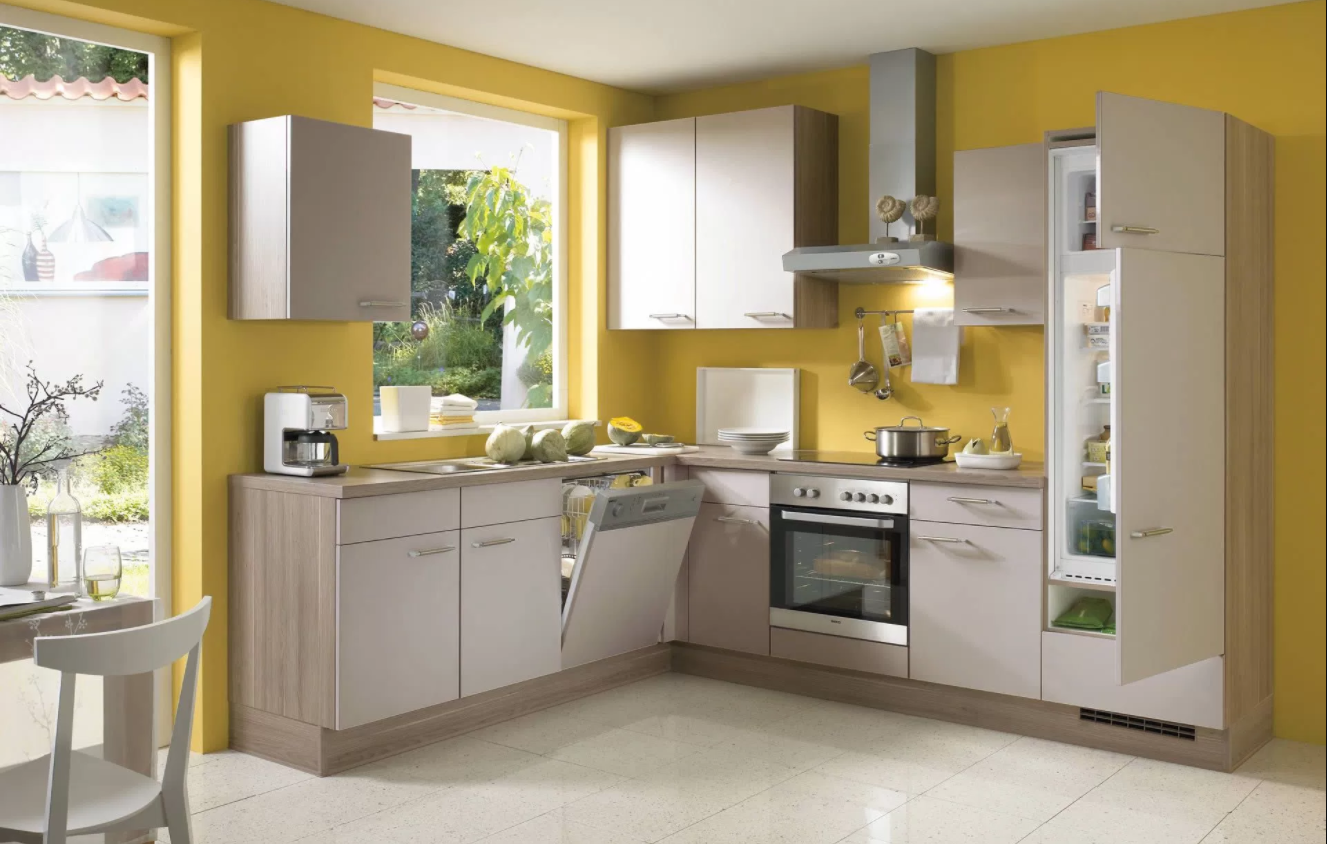 When it comes to kitchen design, there are countless factors to consider. From the overall aesthetic and style to the types of appliances and materials used, each decision plays a role in the final product. However, one of the most important aspects of kitchen design is often overlooked – functionality.
Functionality
refers to the practicality and efficiency of a space. In the case of kitchen design, this means creating a space that not only looks beautiful, but also works for your specific needs and cooking habits. It's about finding a balance between form and function, and creating a space that is both visually appealing and highly functional.
One of the key elements of functionality in kitchen design is
organization
. A well-organized kitchen not only looks neater, but also makes it easier to find and access items when cooking. This can be achieved through proper storage solutions, such as pull-out shelves and drawer dividers, as well as designated spaces for specific items like utensils and spices. Additionally, incorporating
multi-functional
elements, such as a kitchen island with built-in storage or a pull-out pantry, can help maximize the space and make it more efficient.
Another important aspect of functionality in kitchen design is
ergonomics
. This refers to the design and layout of the space in relation to how it is used. For example, placing the sink, stove, and refrigerator in a triangle formation can make it easier to move between these key areas while cooking. Additionally, incorporating
universal design
principles can make the kitchen more accessible for all users, regardless of age or ability.
Lighting
is also a crucial factor in creating a functional kitchen. It not only sets the mood and ambiance of the space, but also plays a practical role in providing adequate illumination for cooking and food preparation. Task lighting, such as under-cabinet lights and pendant lights over the kitchen island, can help make specific areas more functional and easier to work in.
In conclusion, while the aesthetic and style of a kitchen are important,
functionality
should not be overlooked in the design process. By focusing on organization, multi-functionality, ergonomics, and lighting, you can create a space that not only looks beautiful, but also works for your specific needs and makes cooking and food preparation a breeze. Remember, a functional kitchen is a happy kitchen.
When it comes to kitchen design, there are countless factors to consider. From the overall aesthetic and style to the types of appliances and materials used, each decision plays a role in the final product. However, one of the most important aspects of kitchen design is often overlooked – functionality.
Functionality
refers to the practicality and efficiency of a space. In the case of kitchen design, this means creating a space that not only looks beautiful, but also works for your specific needs and cooking habits. It's about finding a balance between form and function, and creating a space that is both visually appealing and highly functional.
One of the key elements of functionality in kitchen design is
organization
. A well-organized kitchen not only looks neater, but also makes it easier to find and access items when cooking. This can be achieved through proper storage solutions, such as pull-out shelves and drawer dividers, as well as designated spaces for specific items like utensils and spices. Additionally, incorporating
multi-functional
elements, such as a kitchen island with built-in storage or a pull-out pantry, can help maximize the space and make it more efficient.
Another important aspect of functionality in kitchen design is
ergonomics
. This refers to the design and layout of the space in relation to how it is used. For example, placing the sink, stove, and refrigerator in a triangle formation can make it easier to move between these key areas while cooking. Additionally, incorporating
universal design
principles can make the kitchen more accessible for all users, regardless of age or ability.
Lighting
is also a crucial factor in creating a functional kitchen. It not only sets the mood and ambiance of the space, but also plays a practical role in providing adequate illumination for cooking and food preparation. Task lighting, such as under-cabinet lights and pendant lights over the kitchen island, can help make specific areas more functional and easier to work in.
In conclusion, while the aesthetic and style of a kitchen are important,
functionality
should not be overlooked in the design process. By focusing on organization, multi-functionality, ergonomics, and lighting, you can create a space that not only looks beautiful, but also works for your specific needs and makes cooking and food preparation a breeze. Remember, a functional kitchen is a happy kitchen.
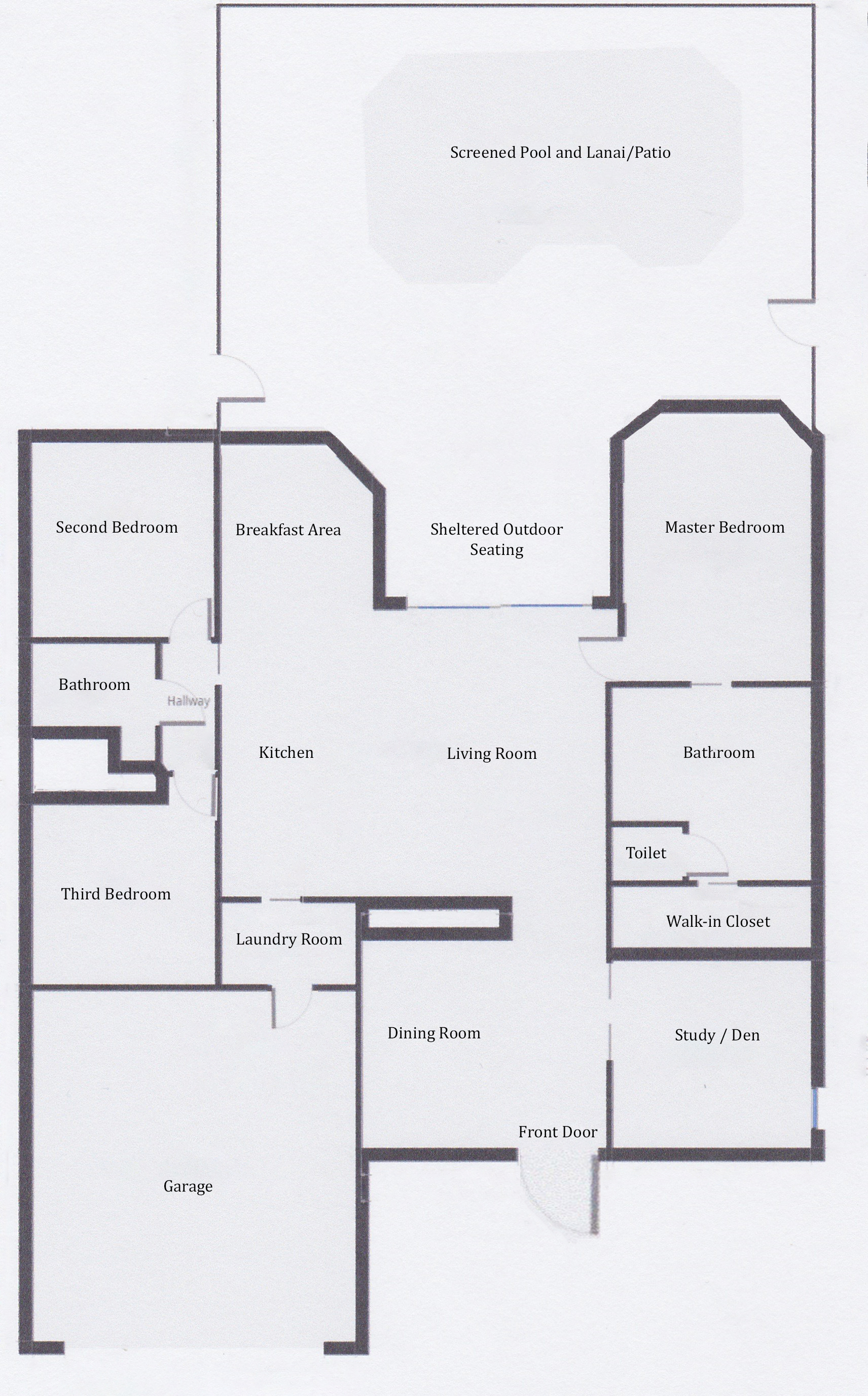



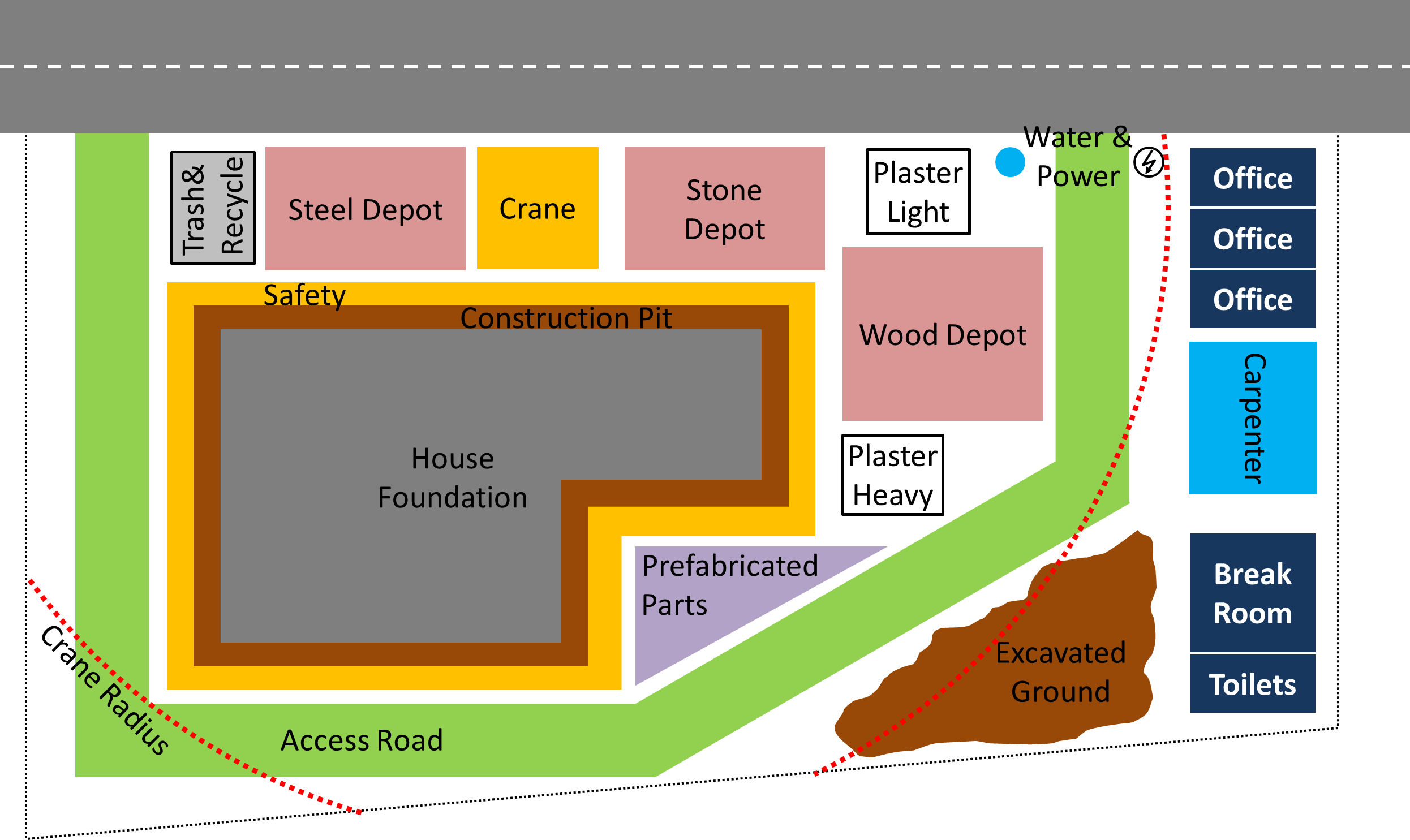
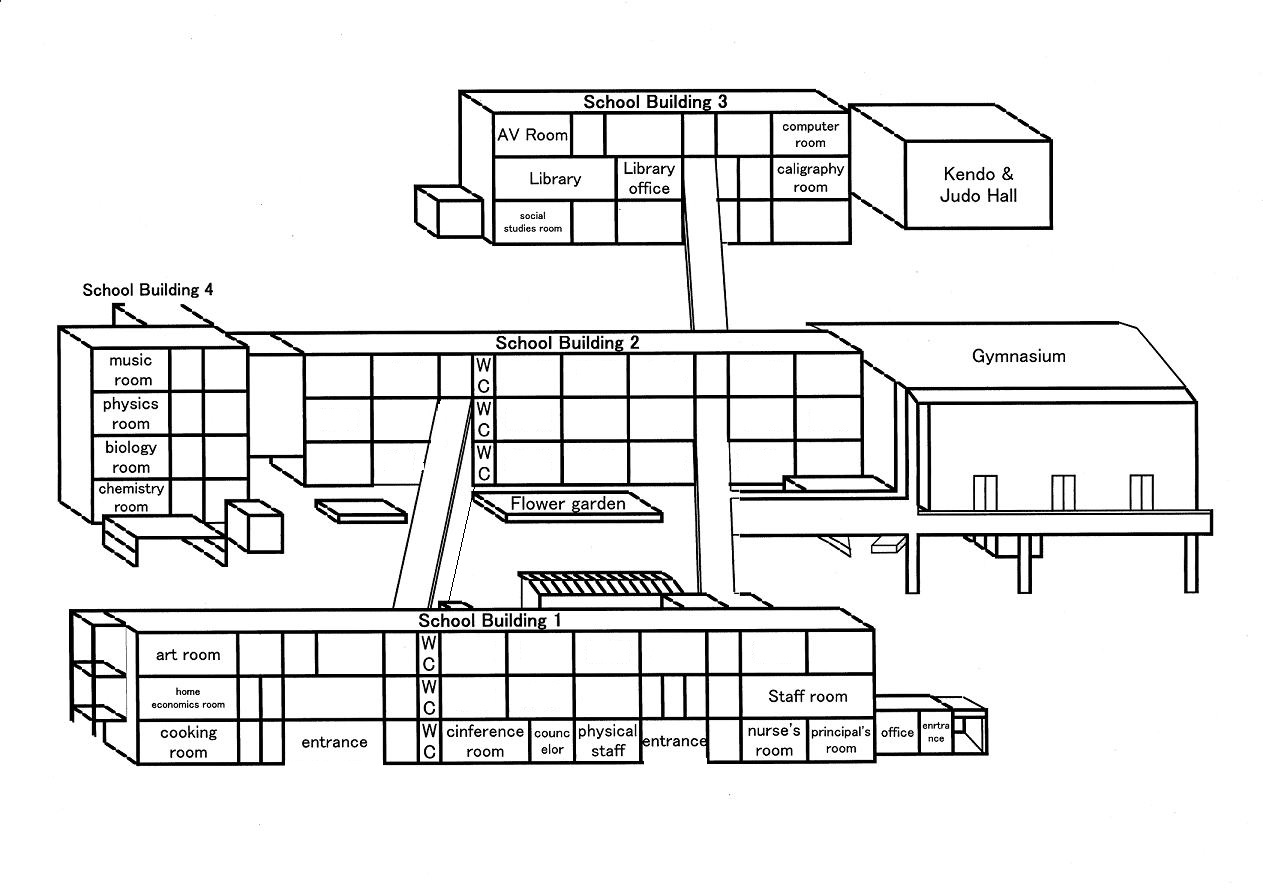
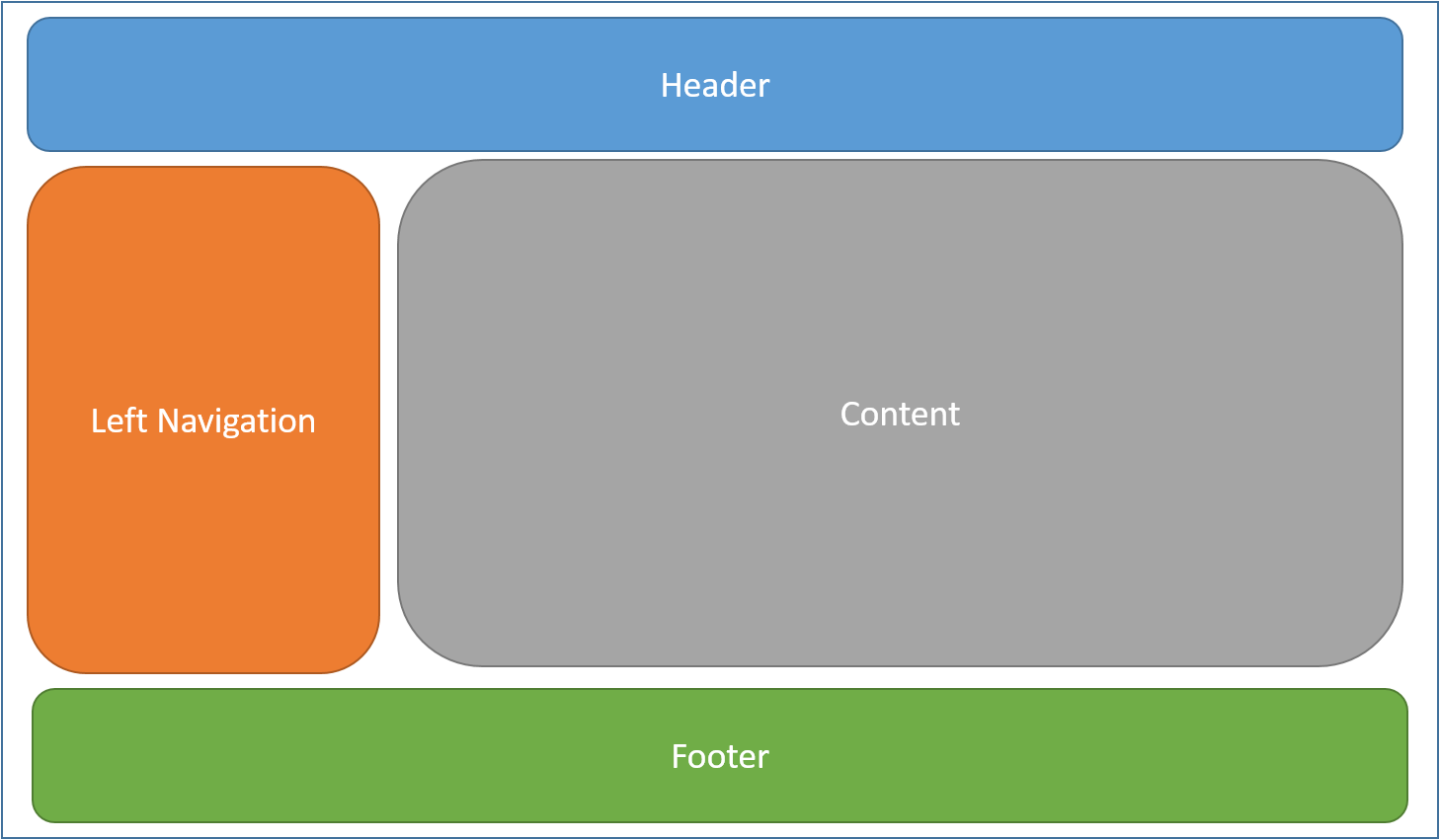

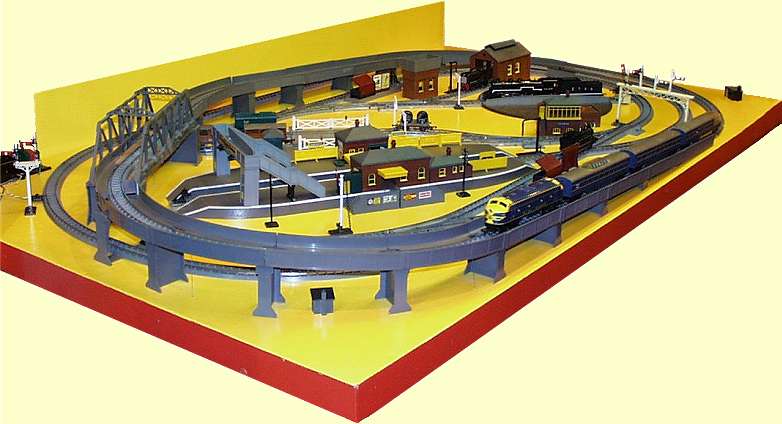
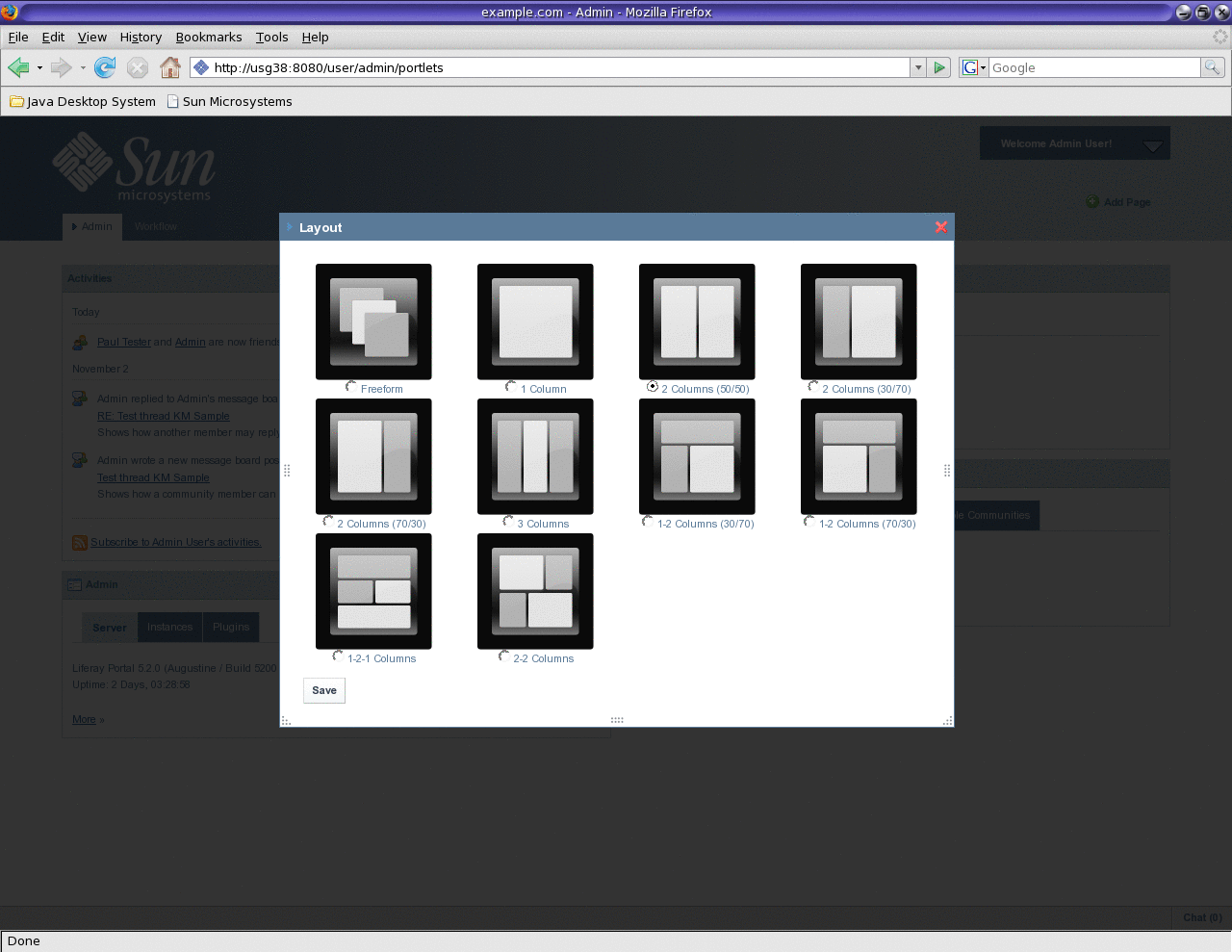
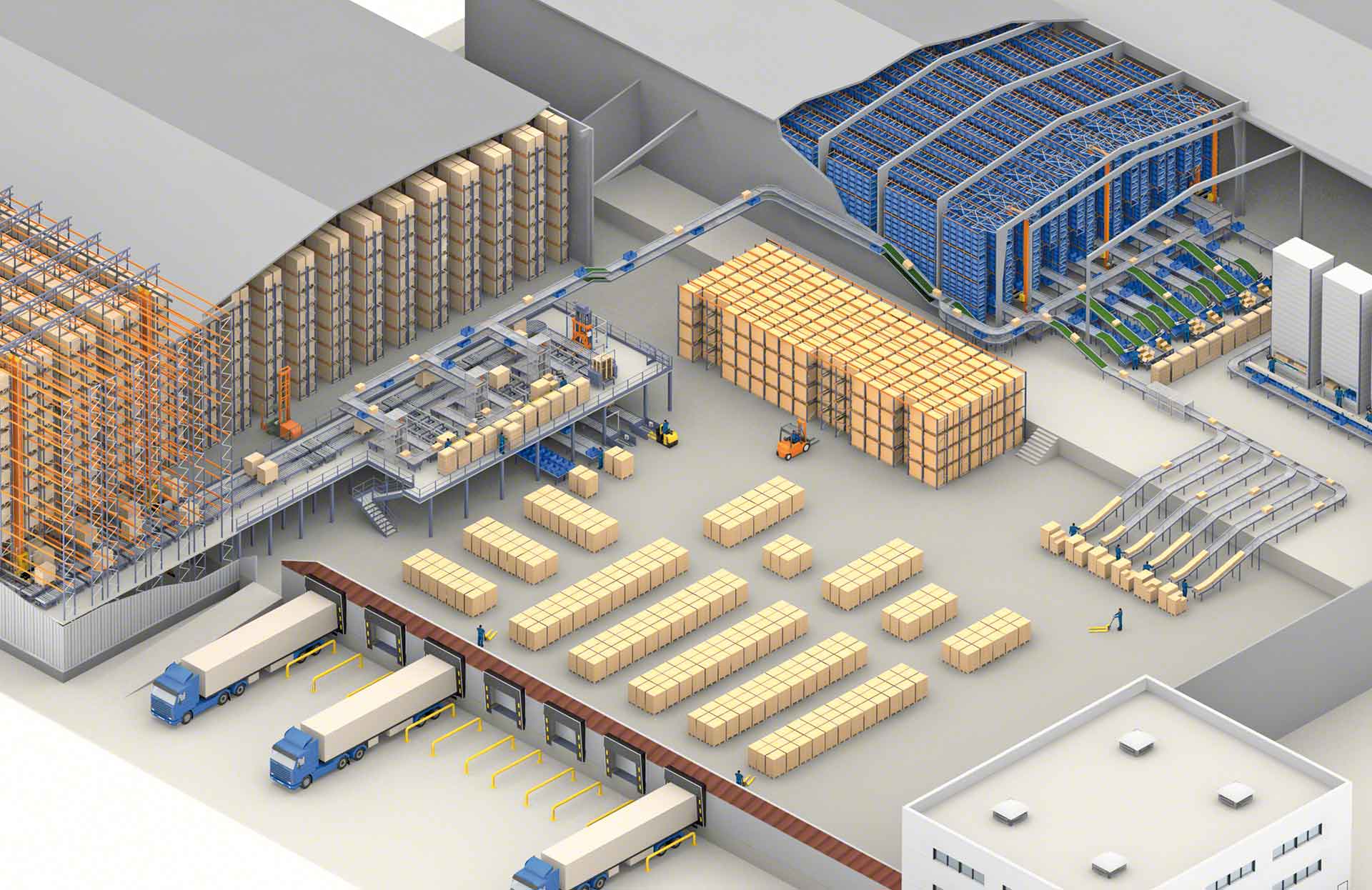
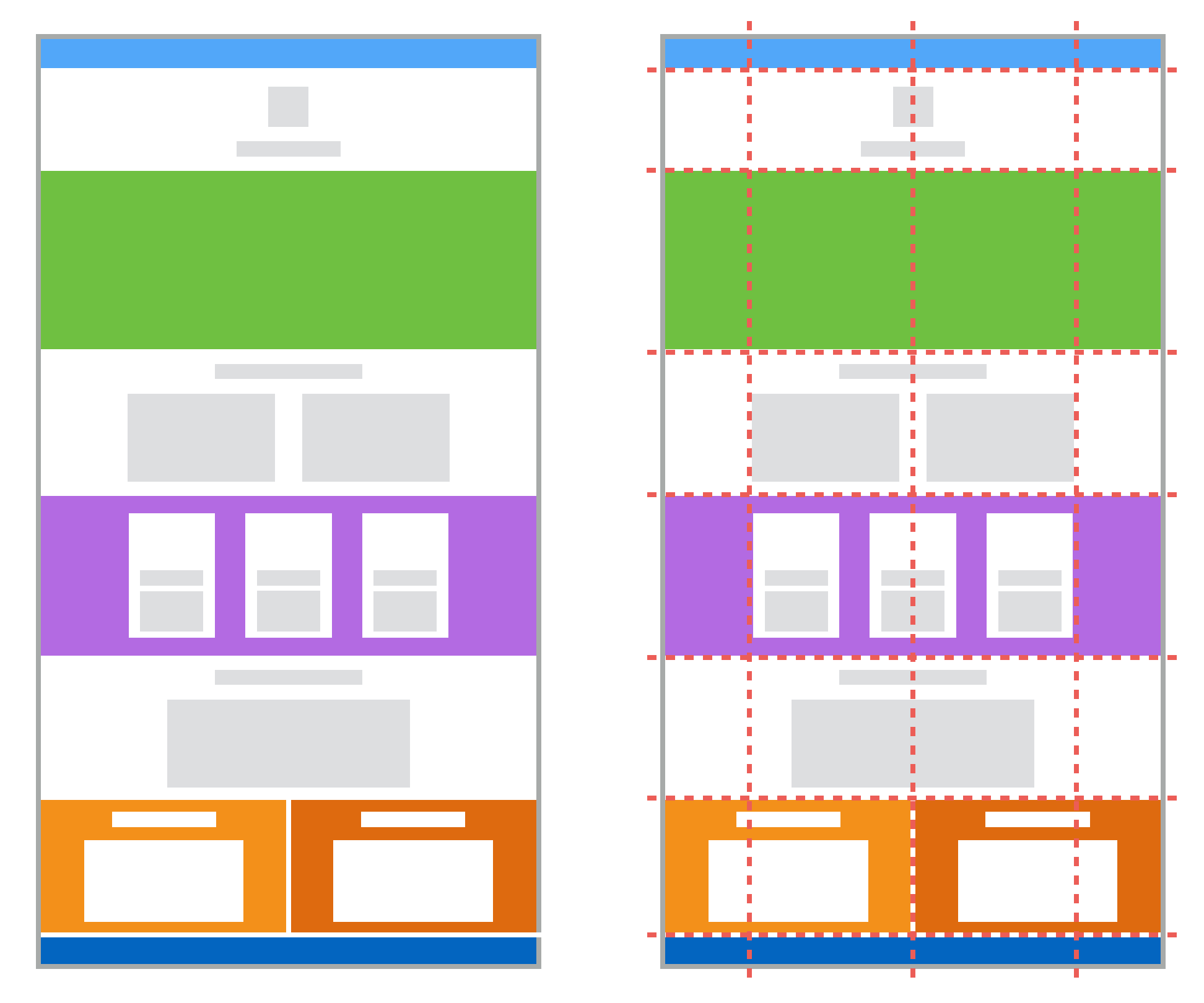
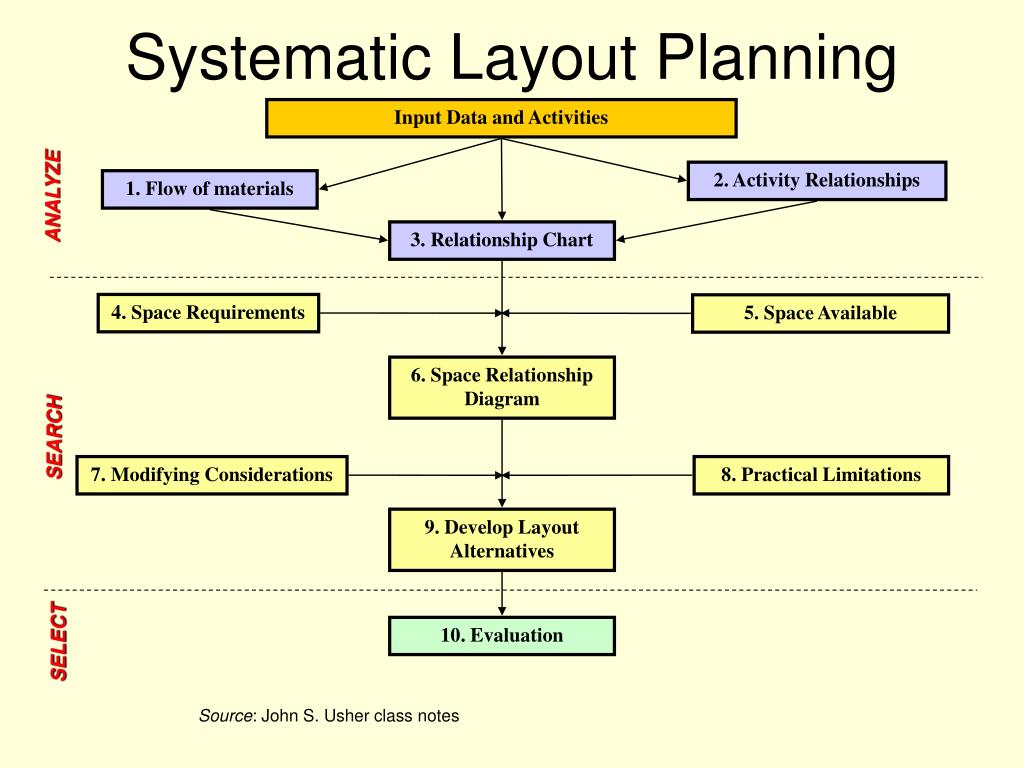


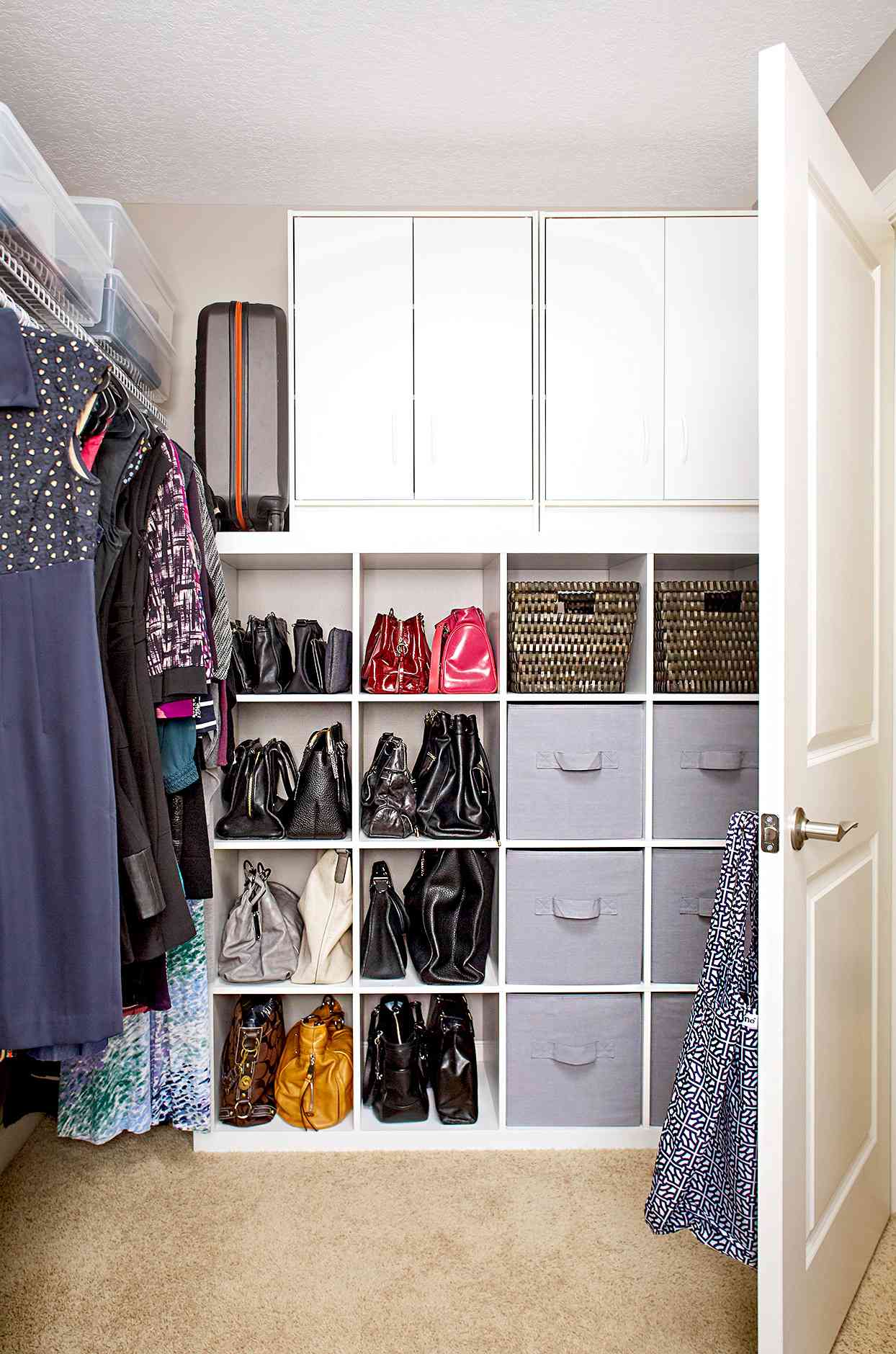


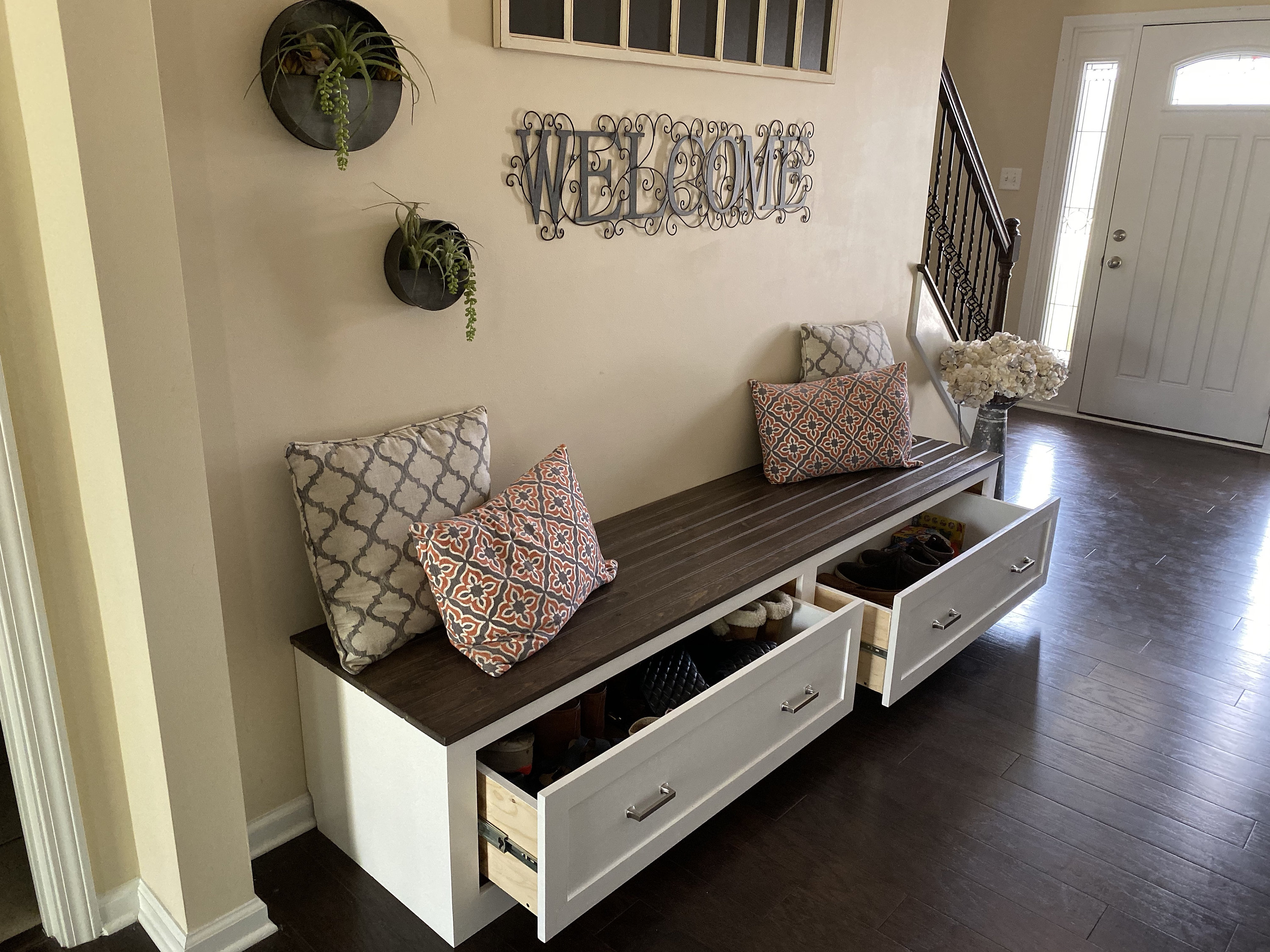

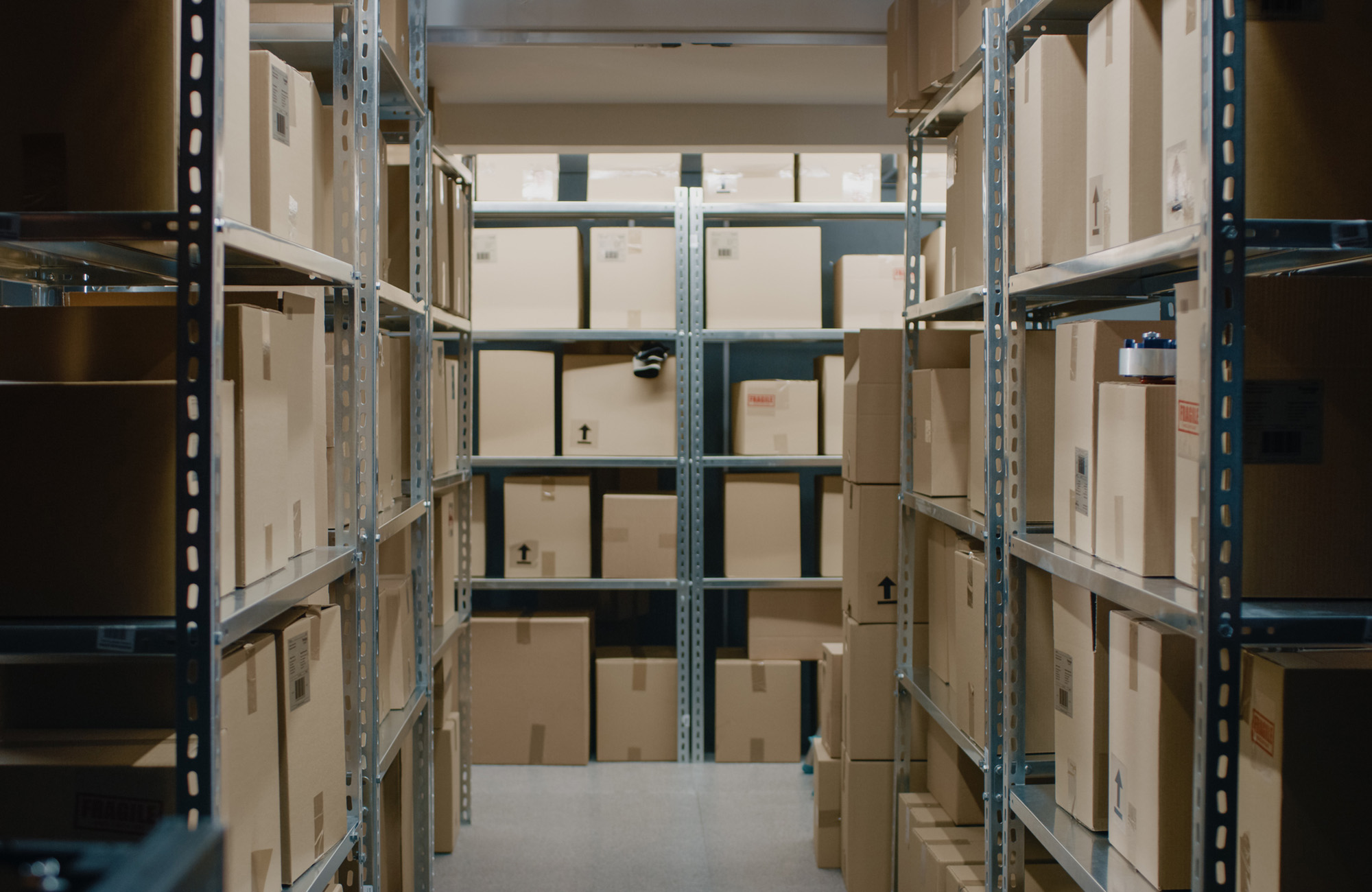

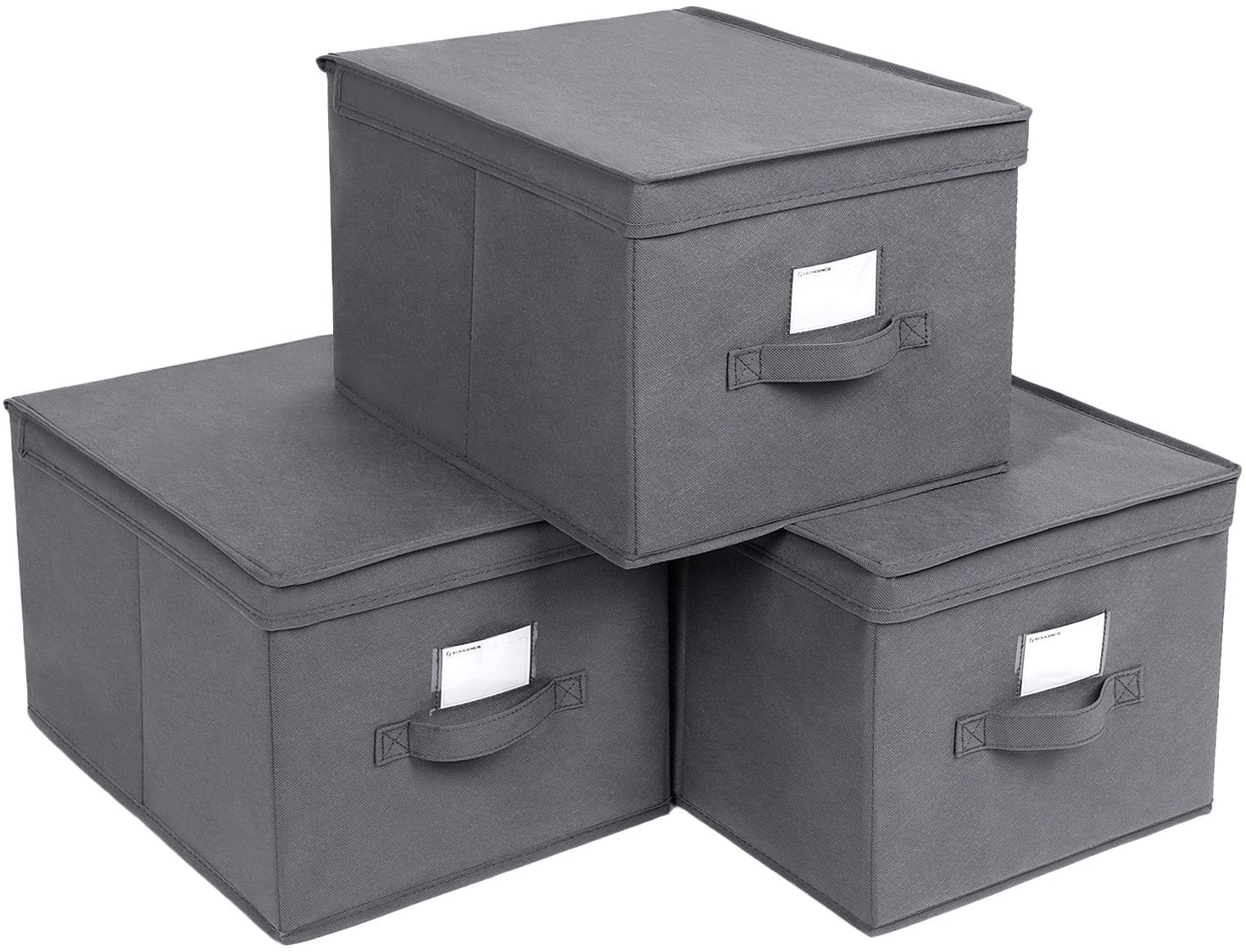
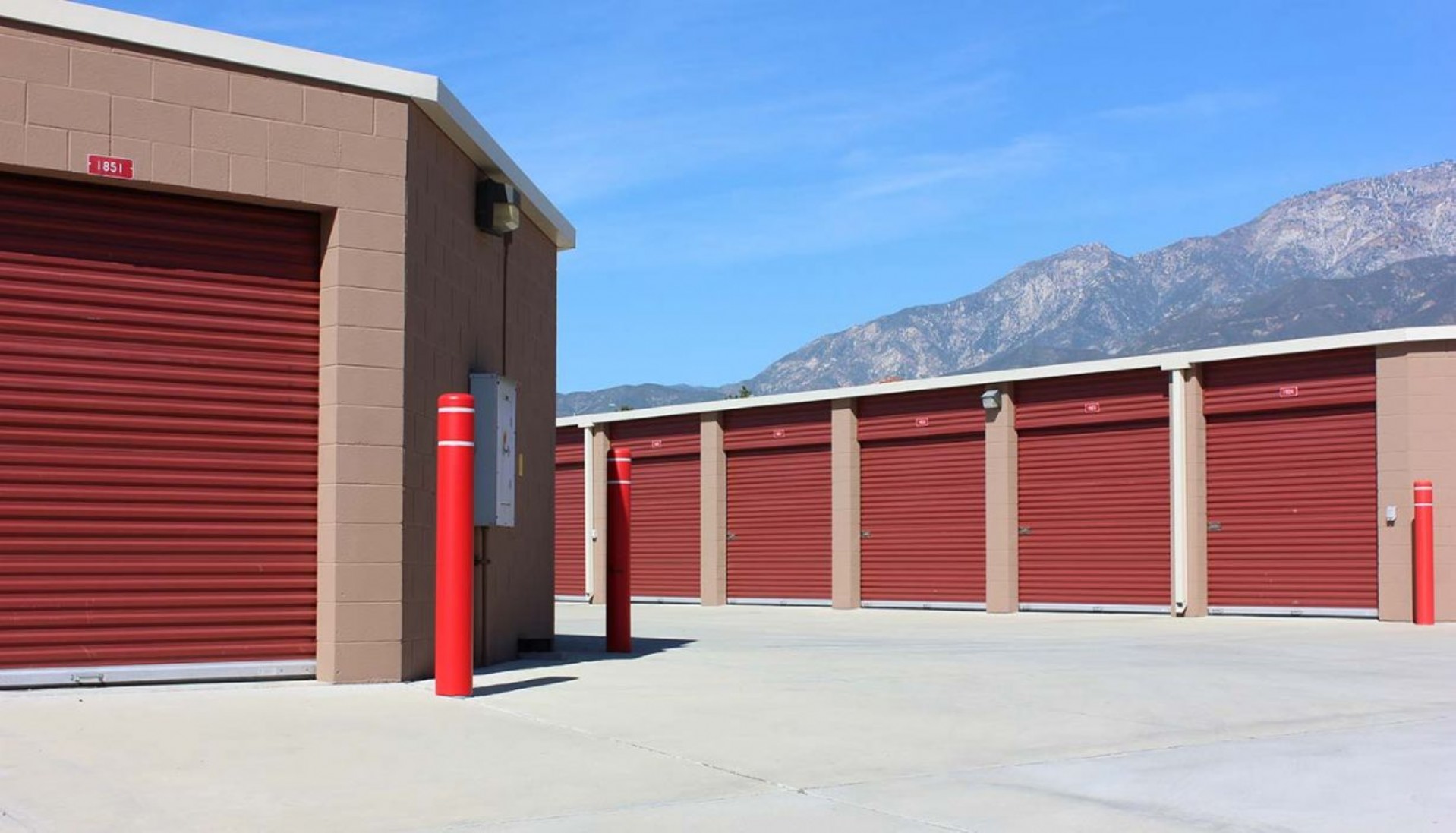
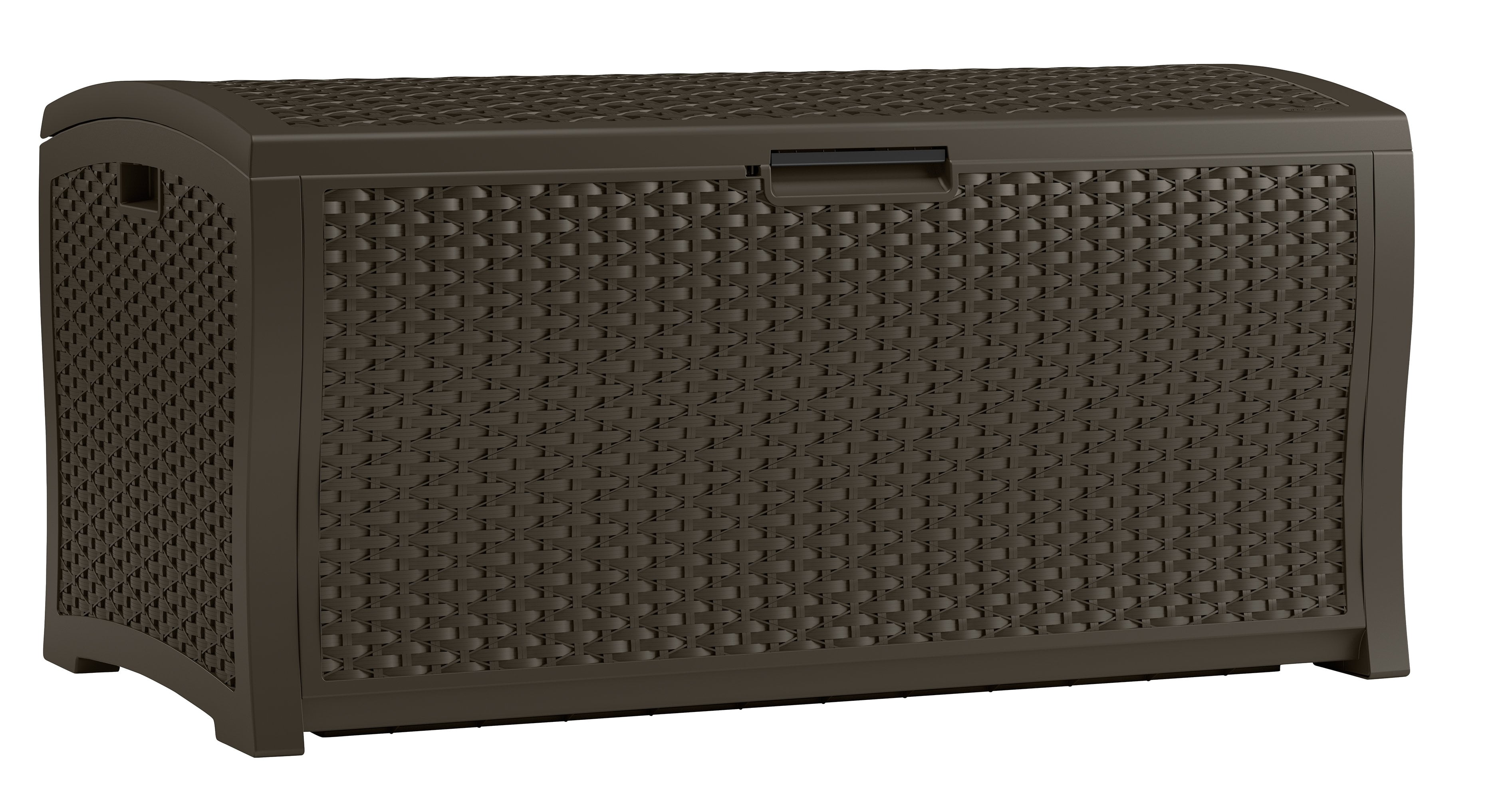
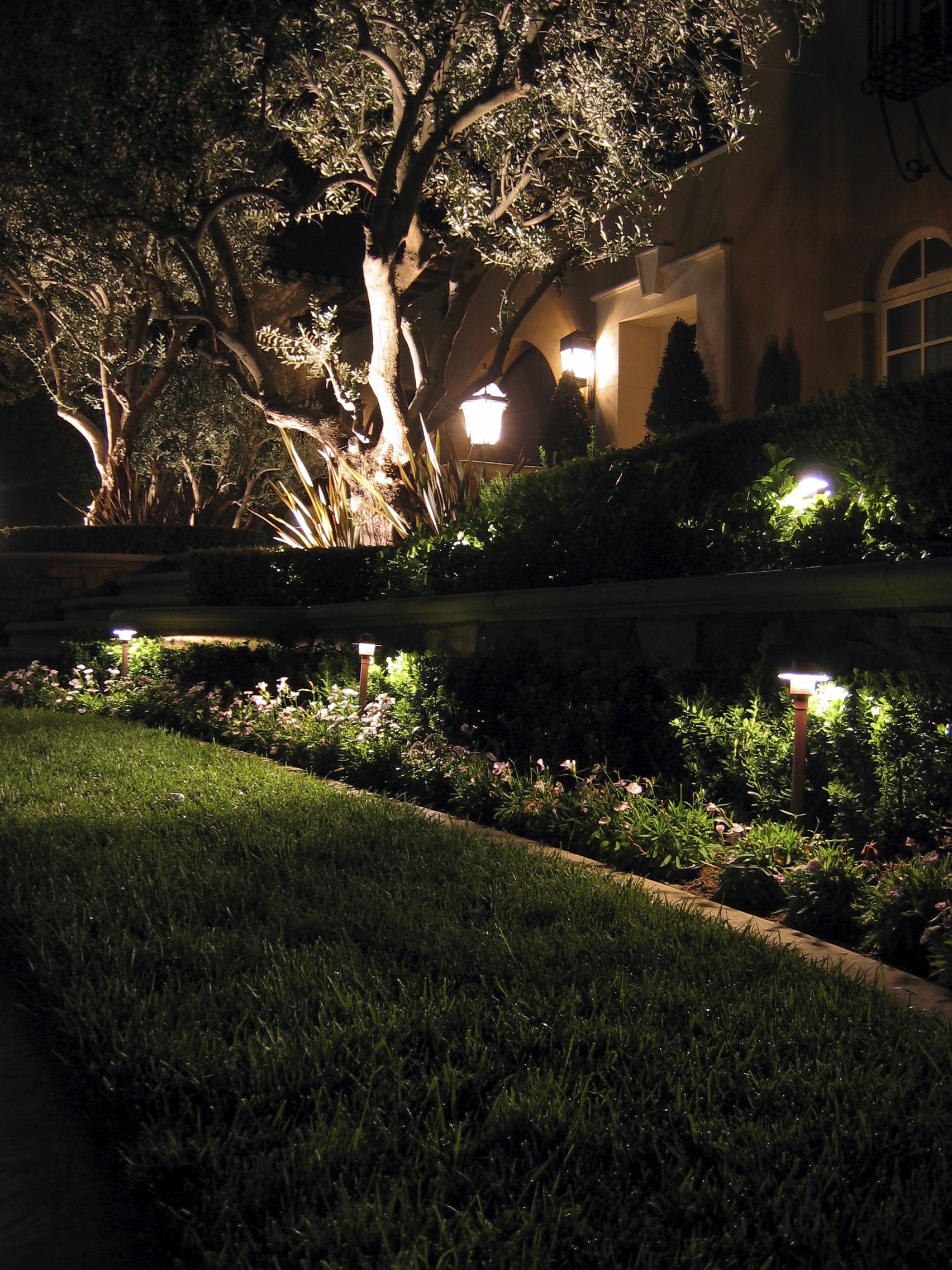


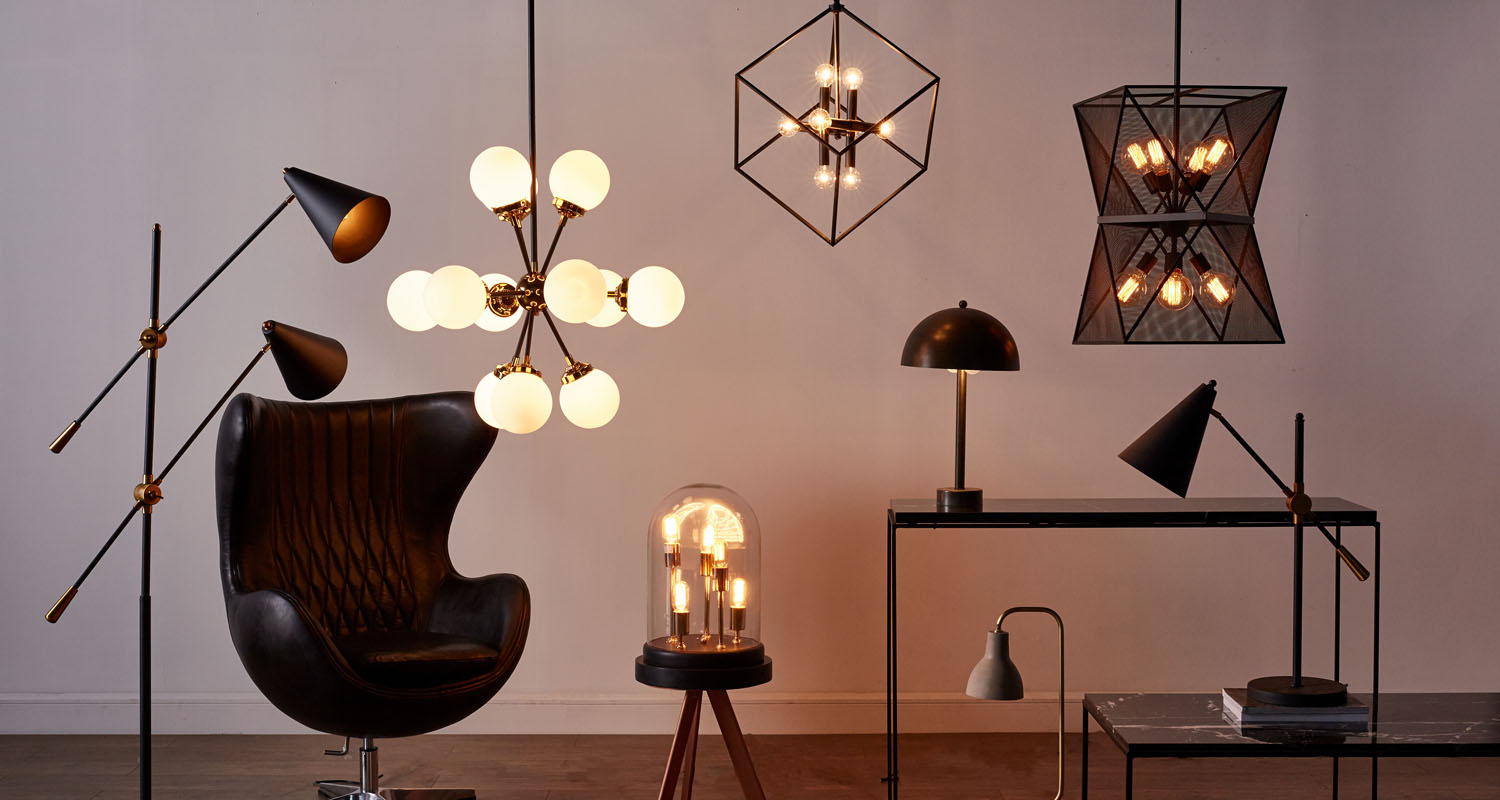

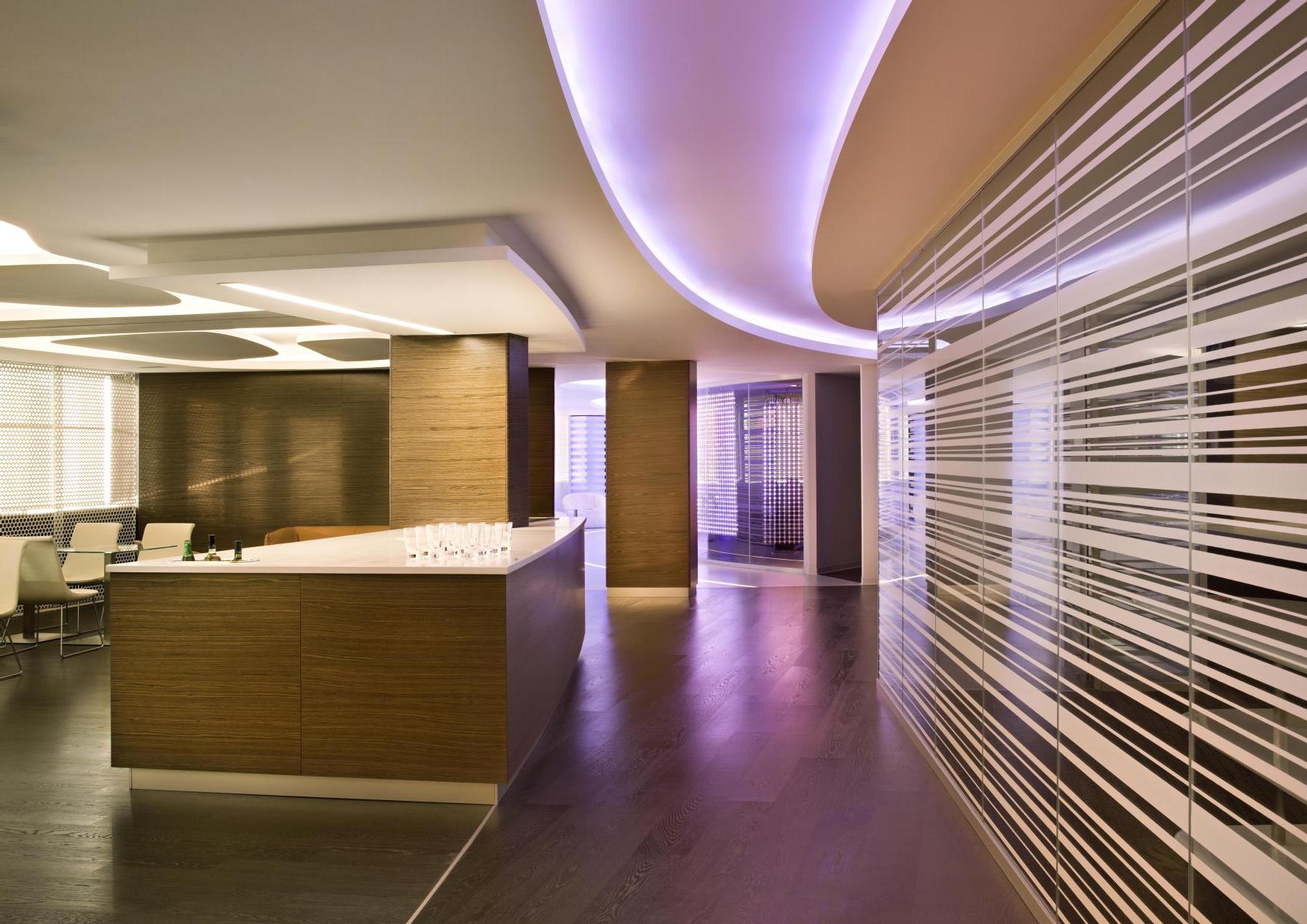
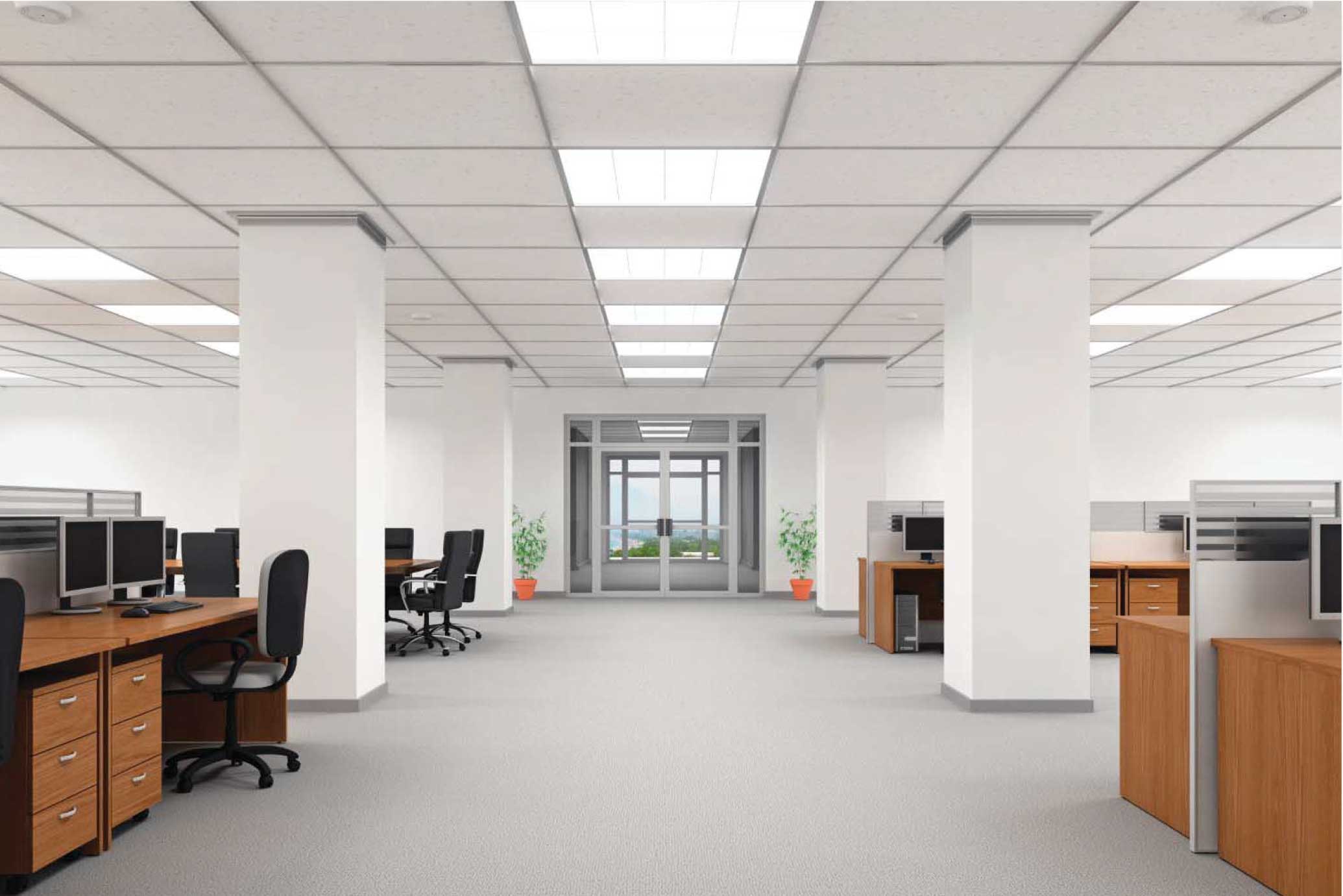
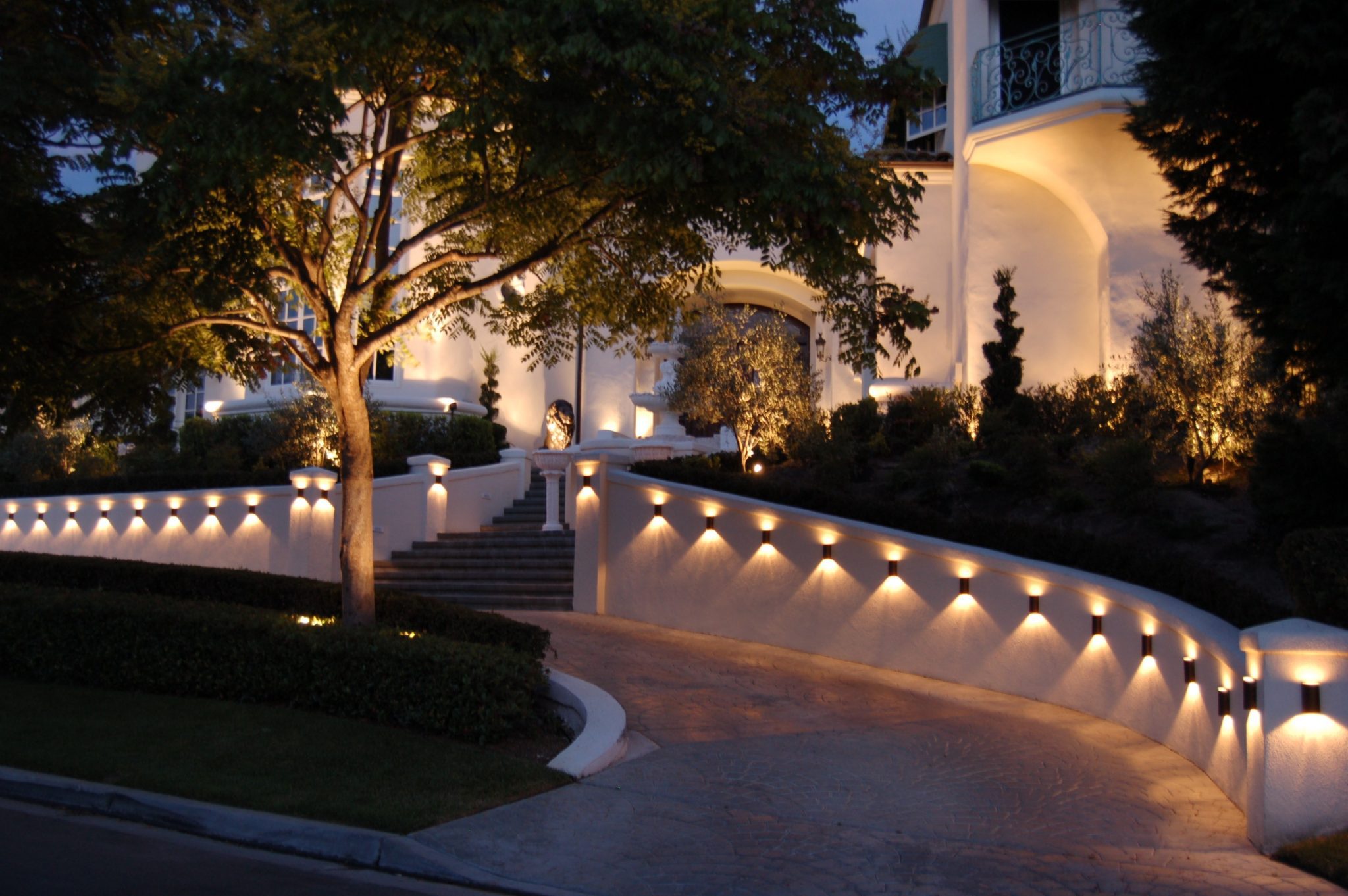
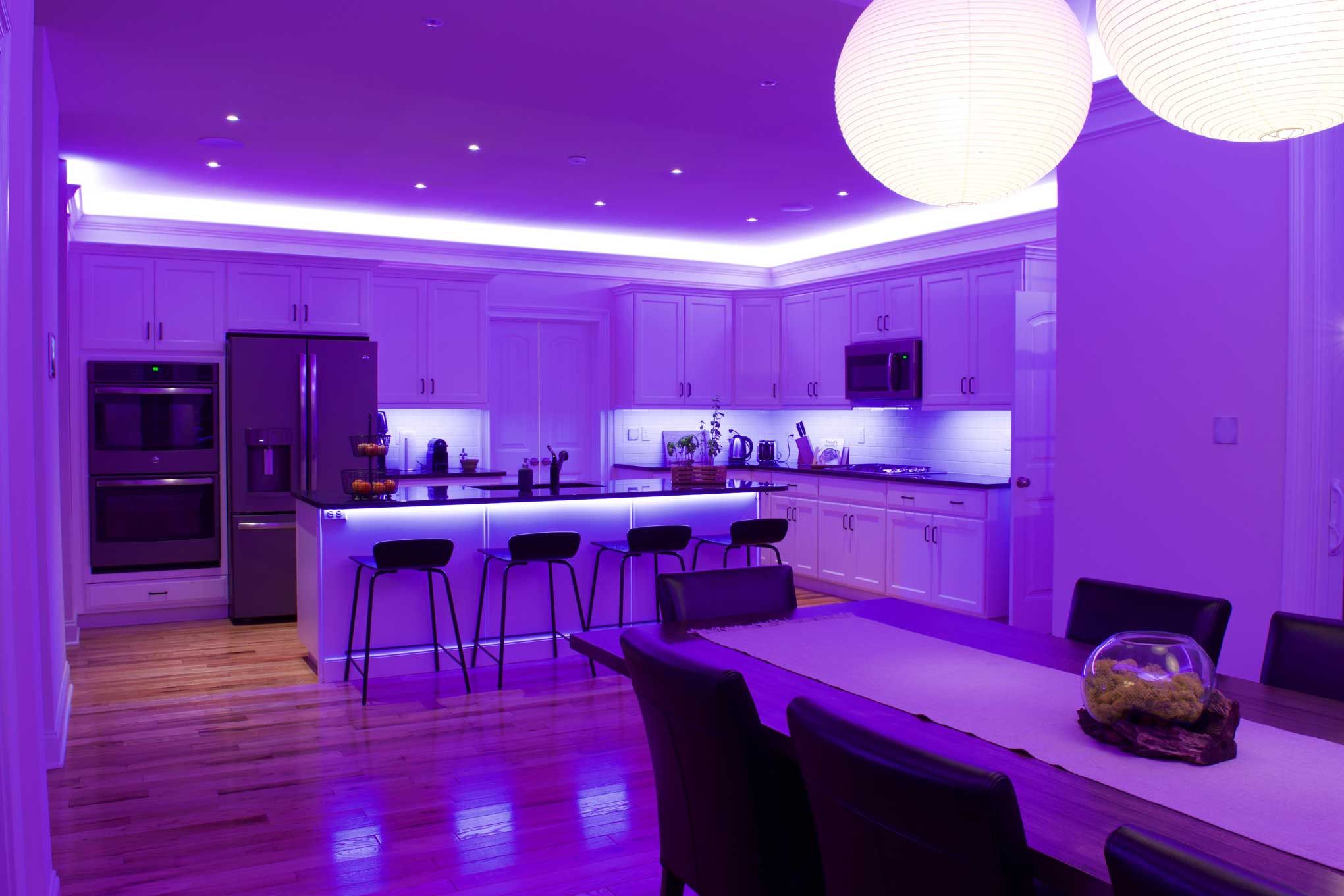
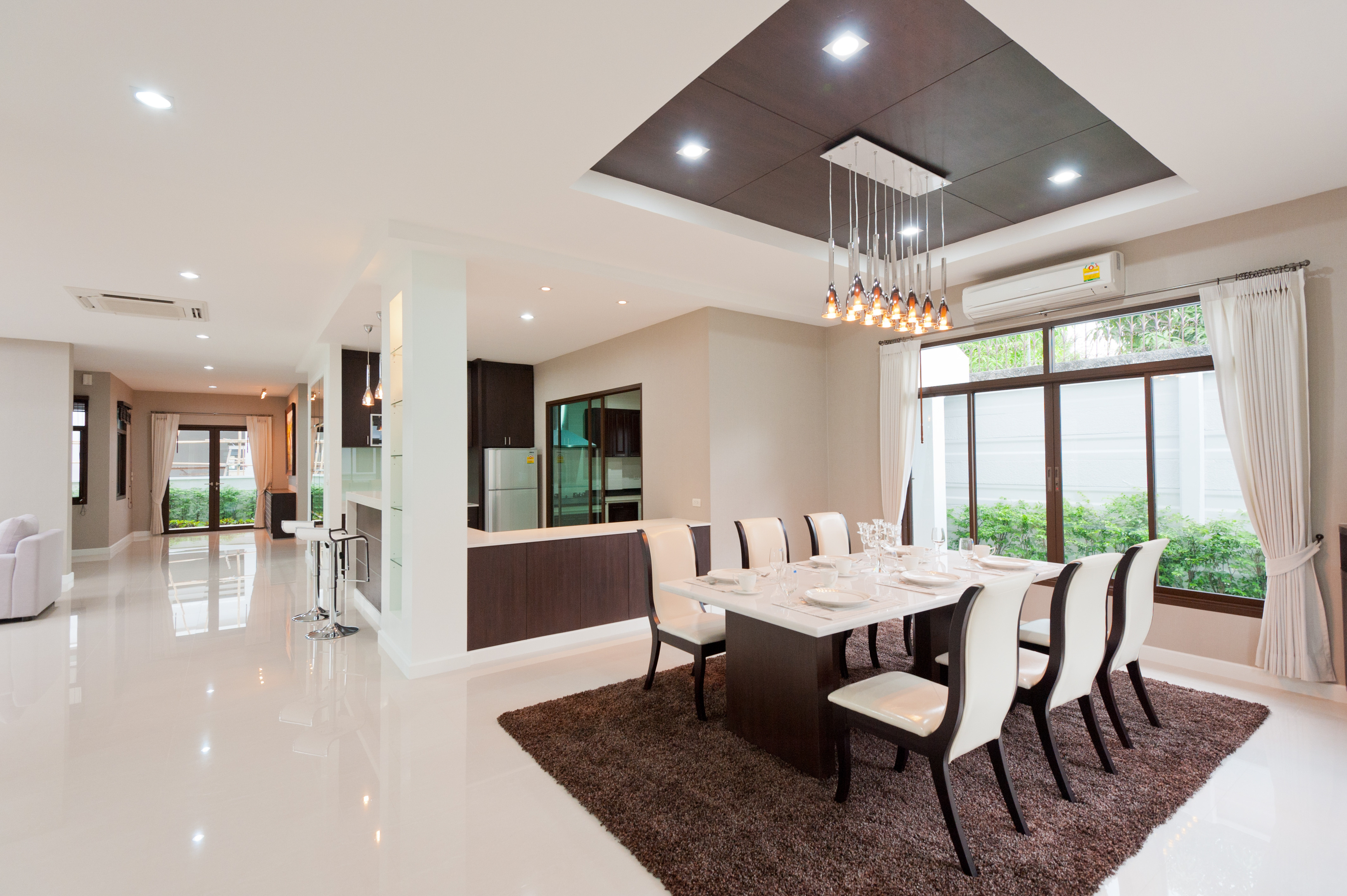
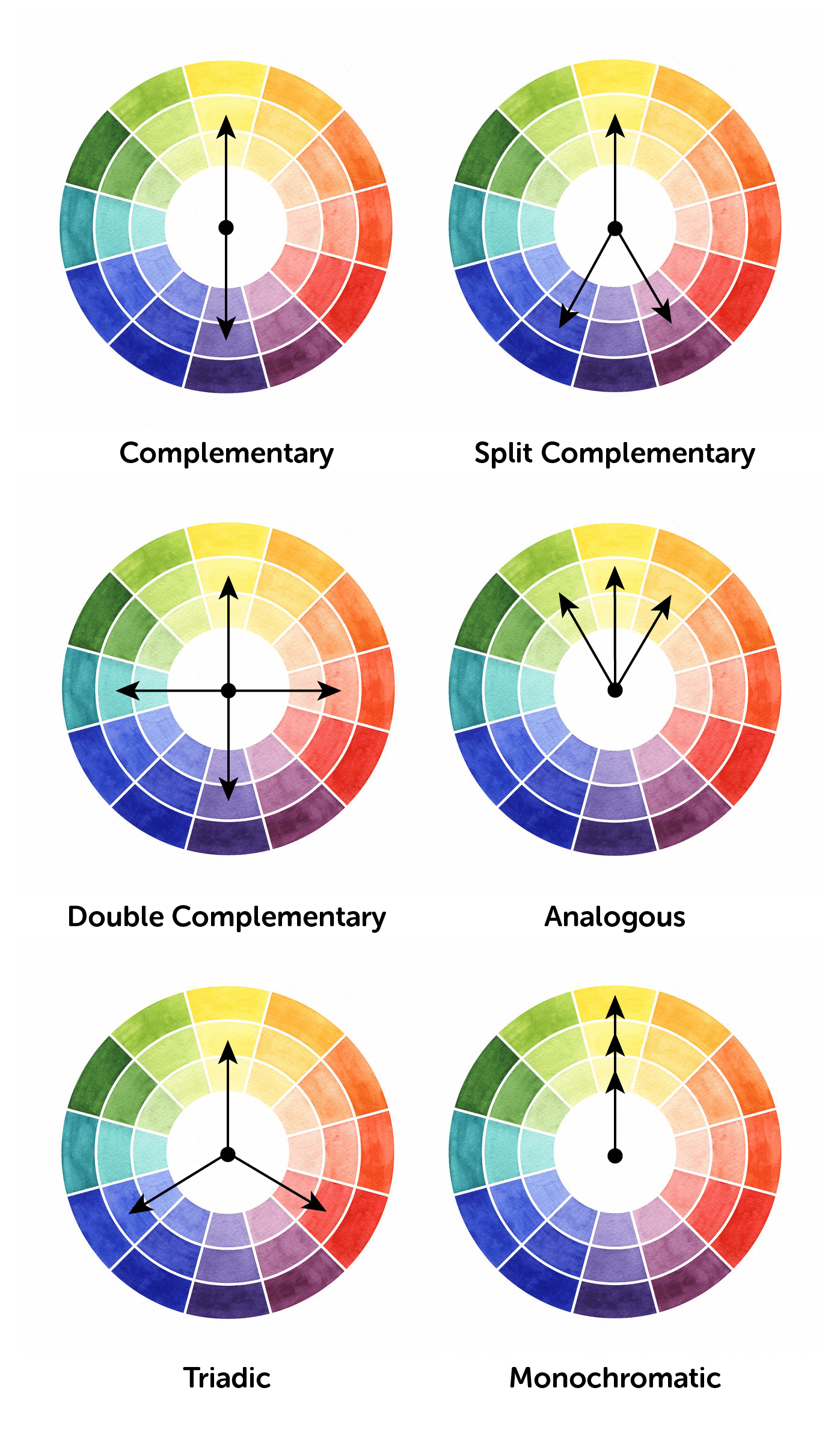

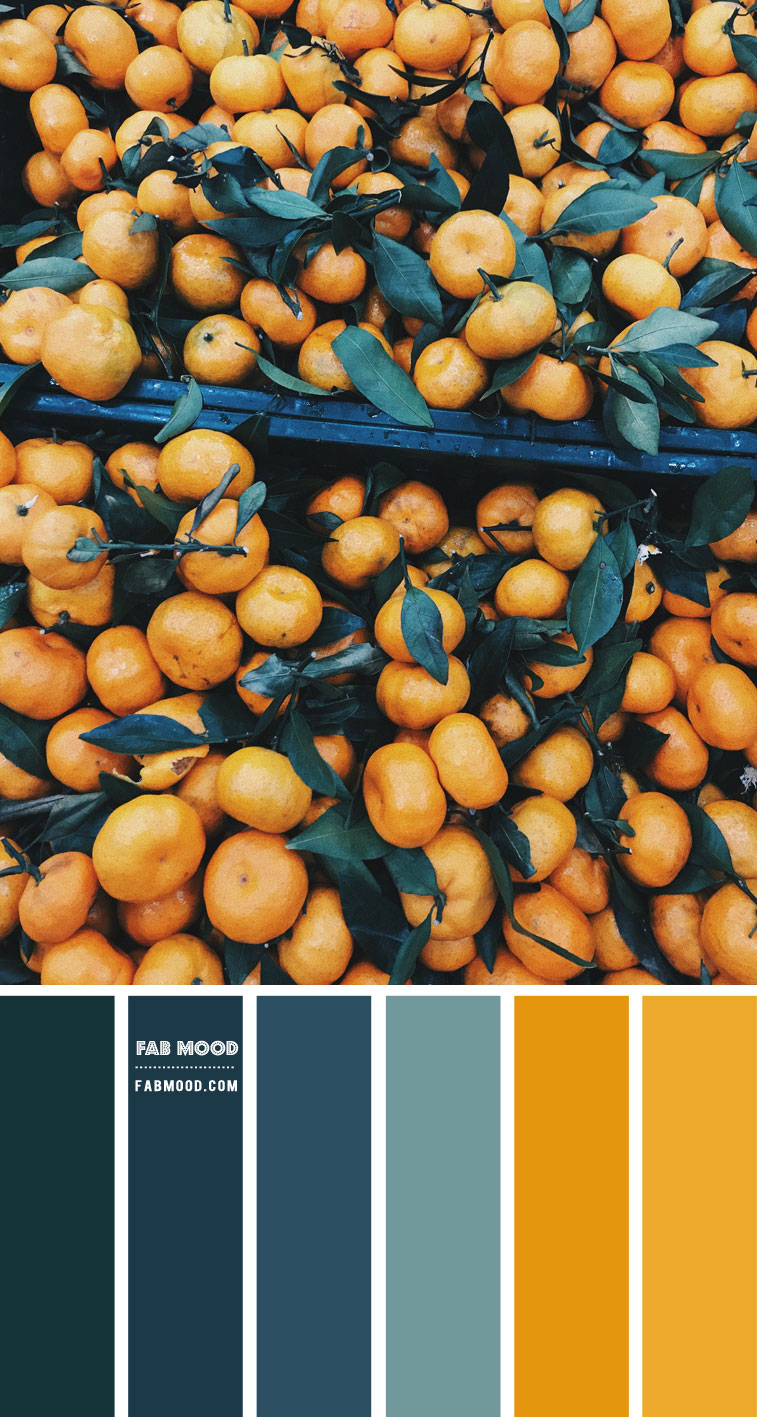
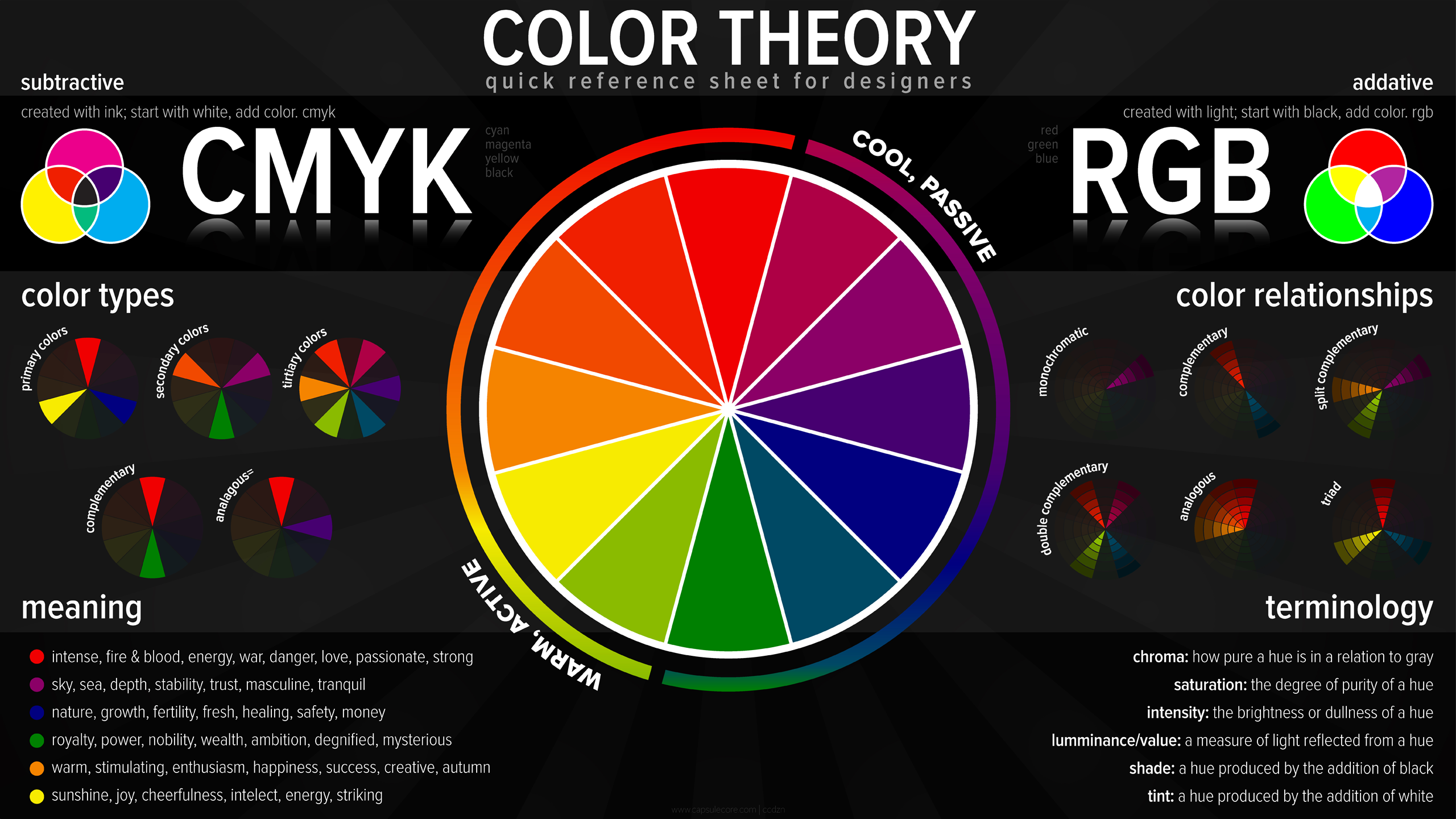

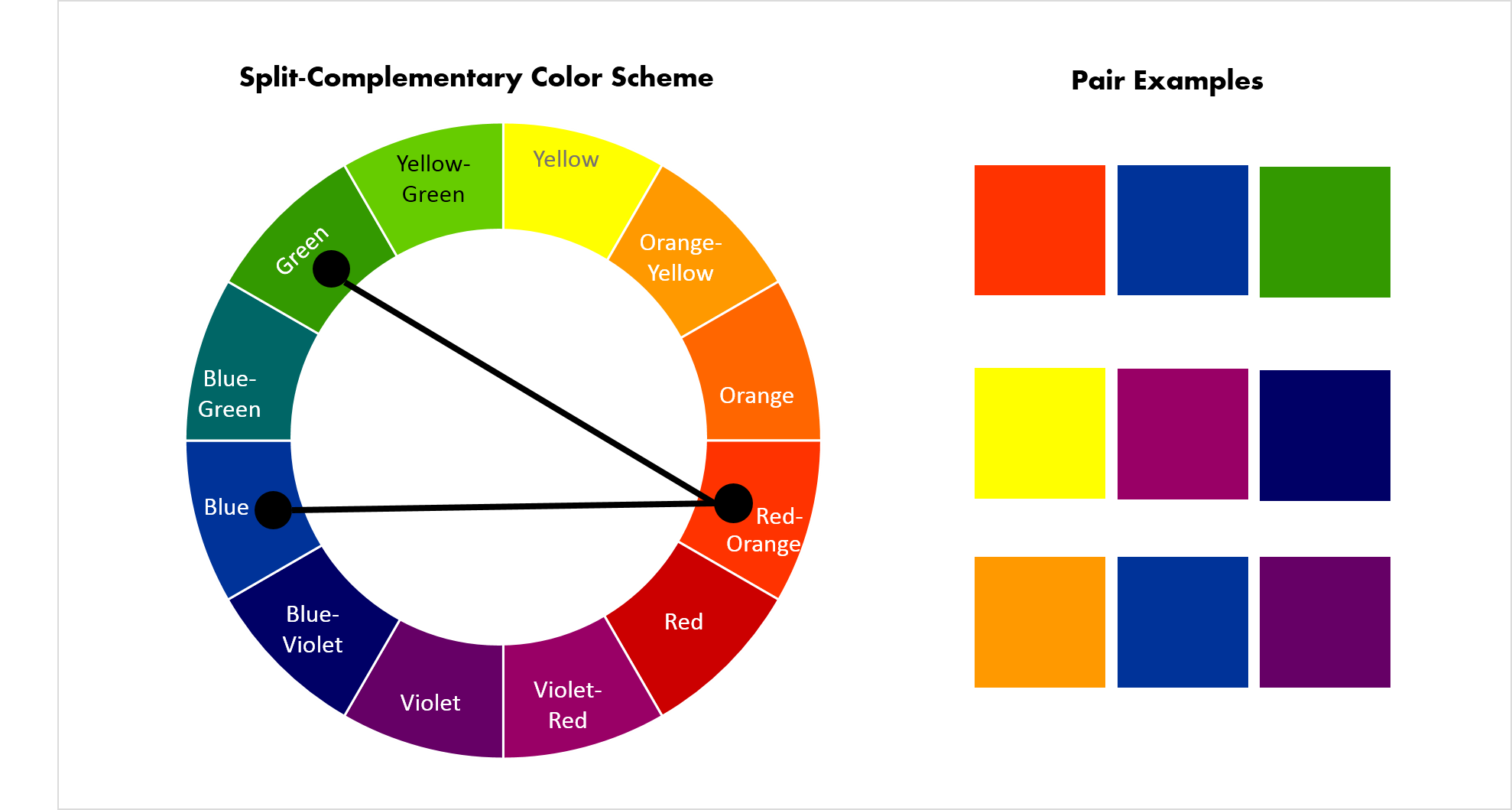






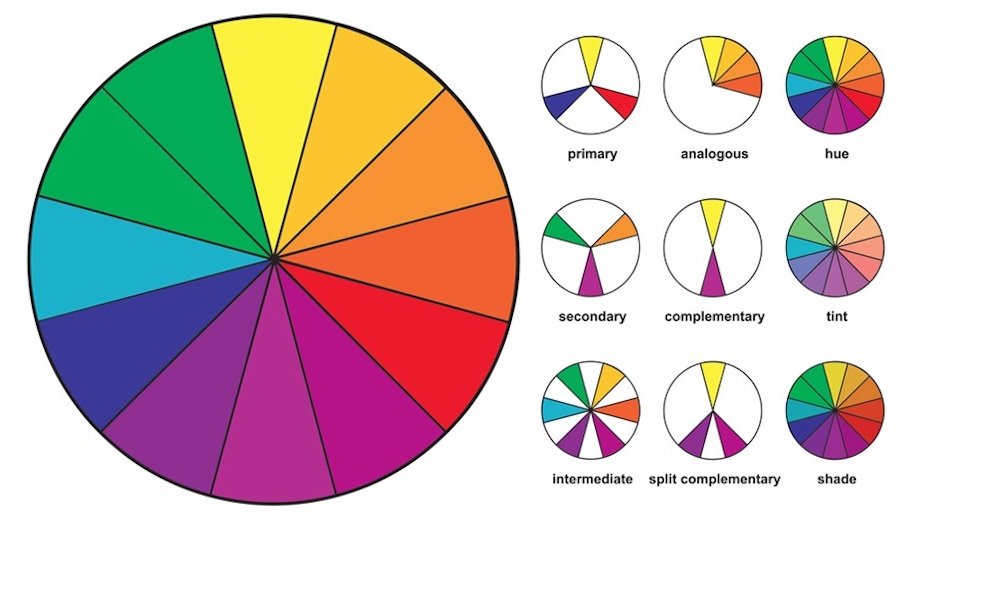
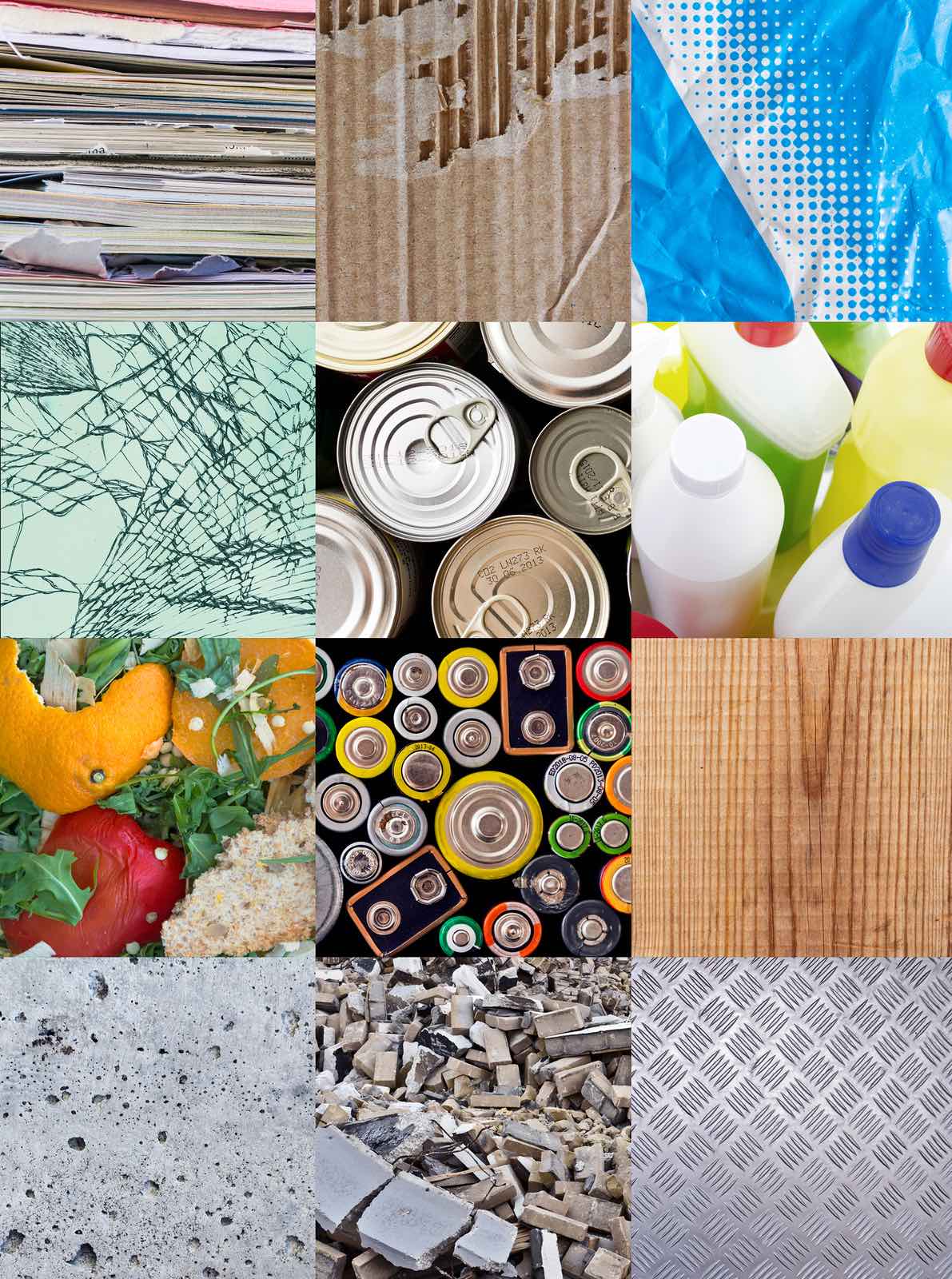


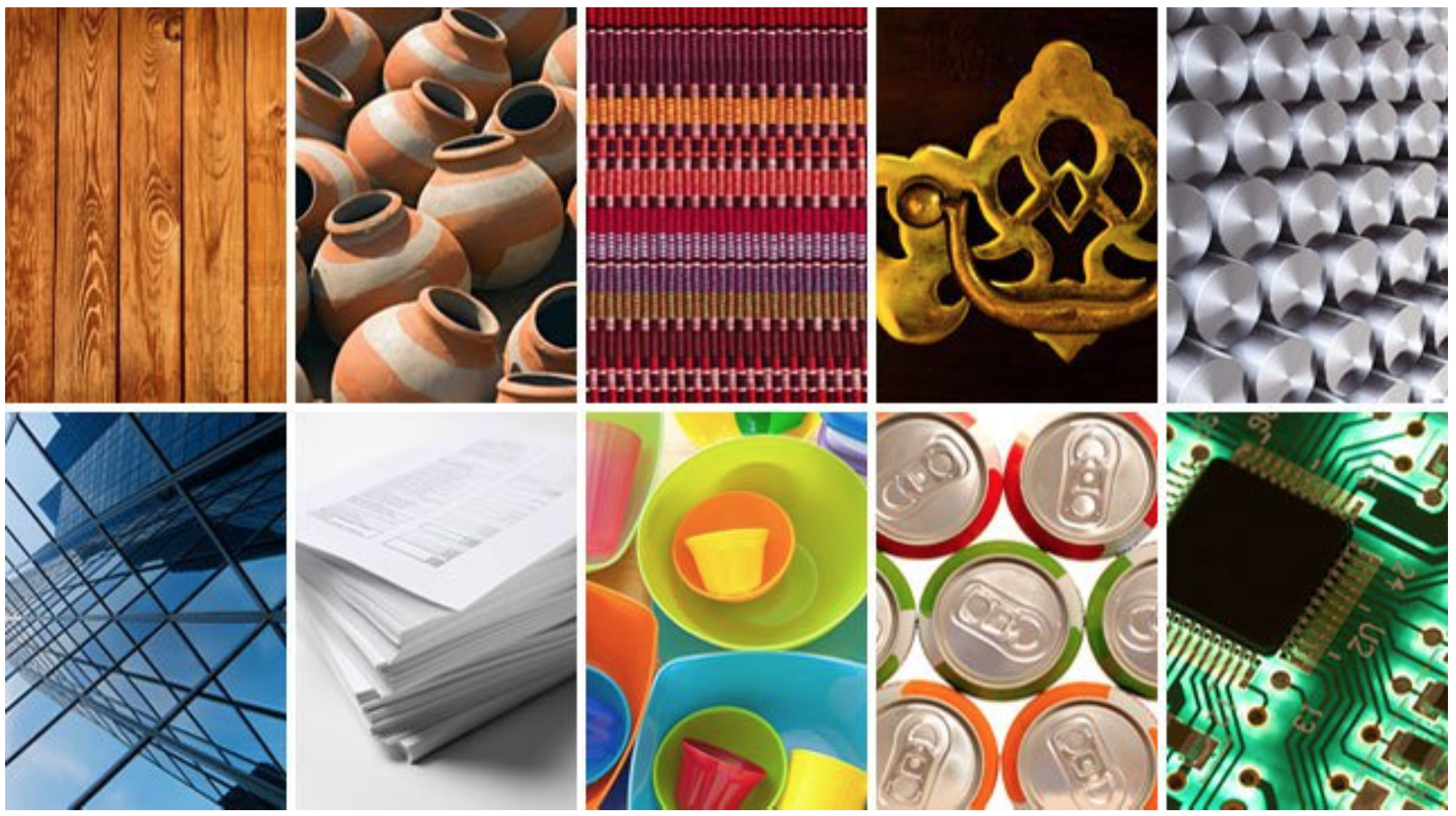


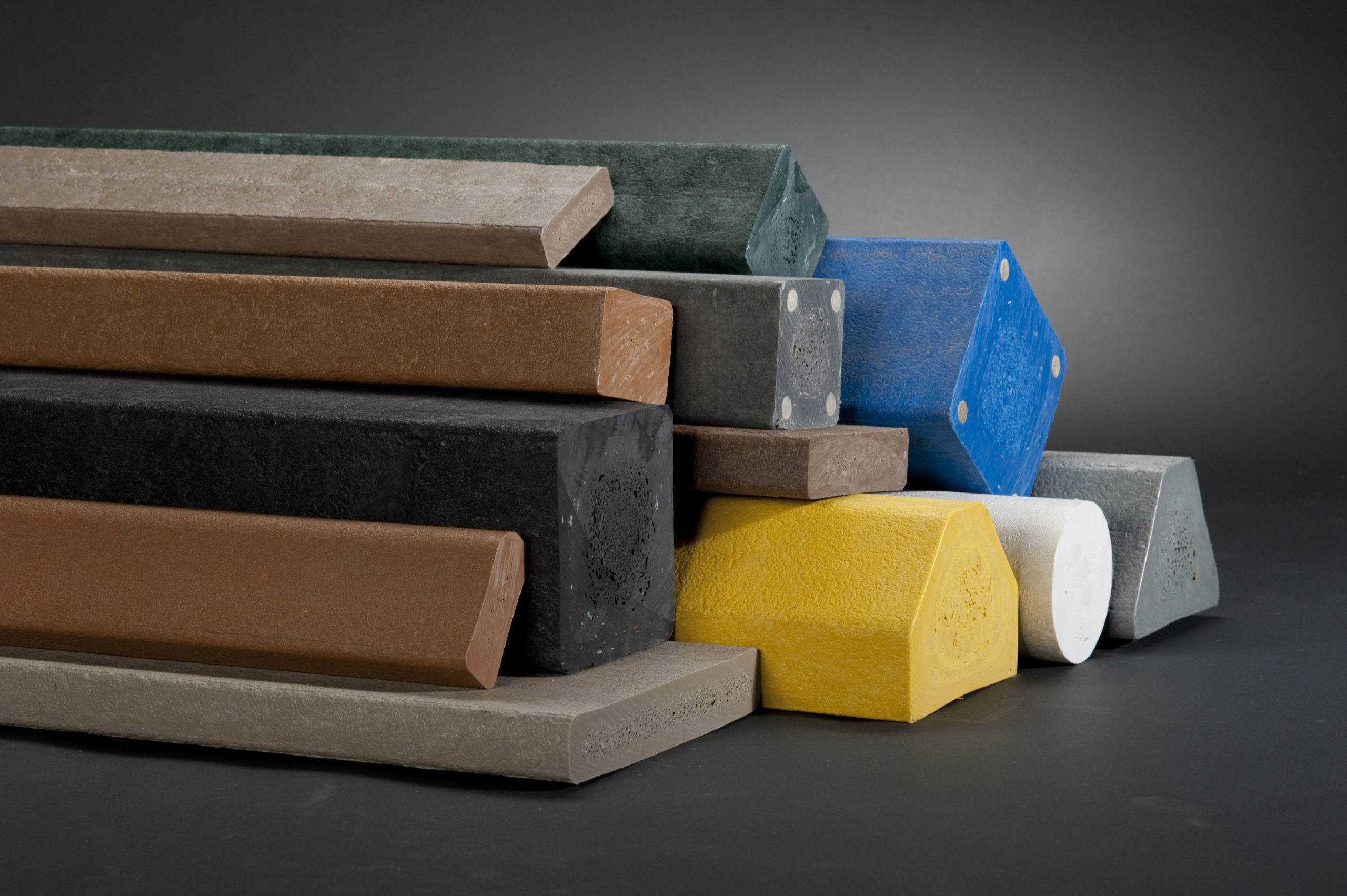





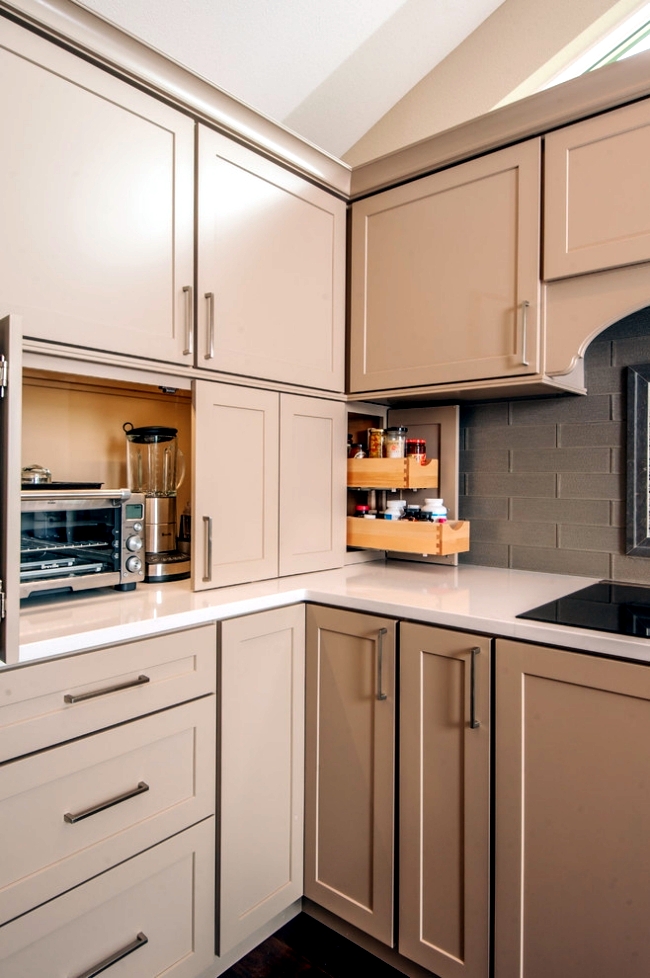

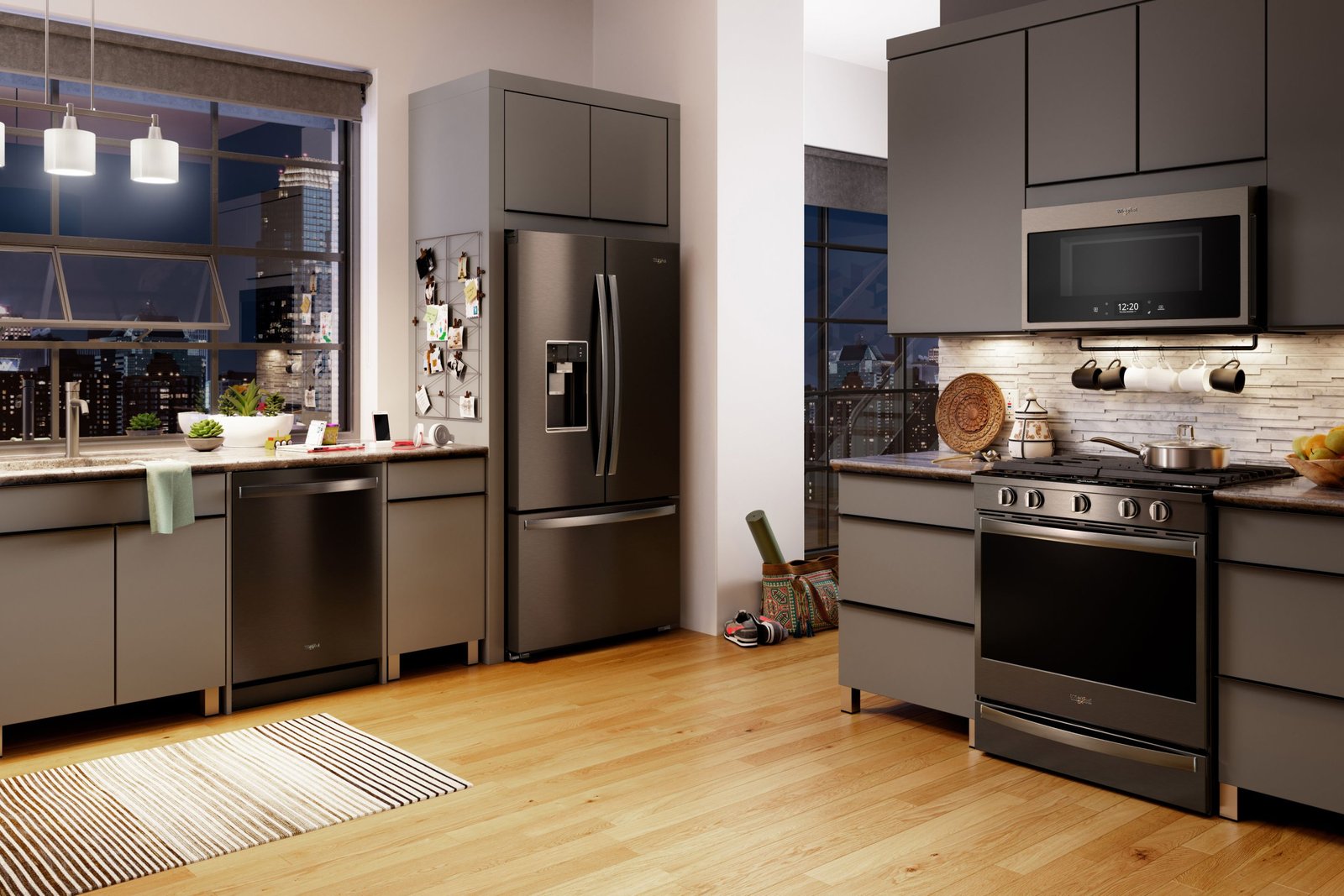
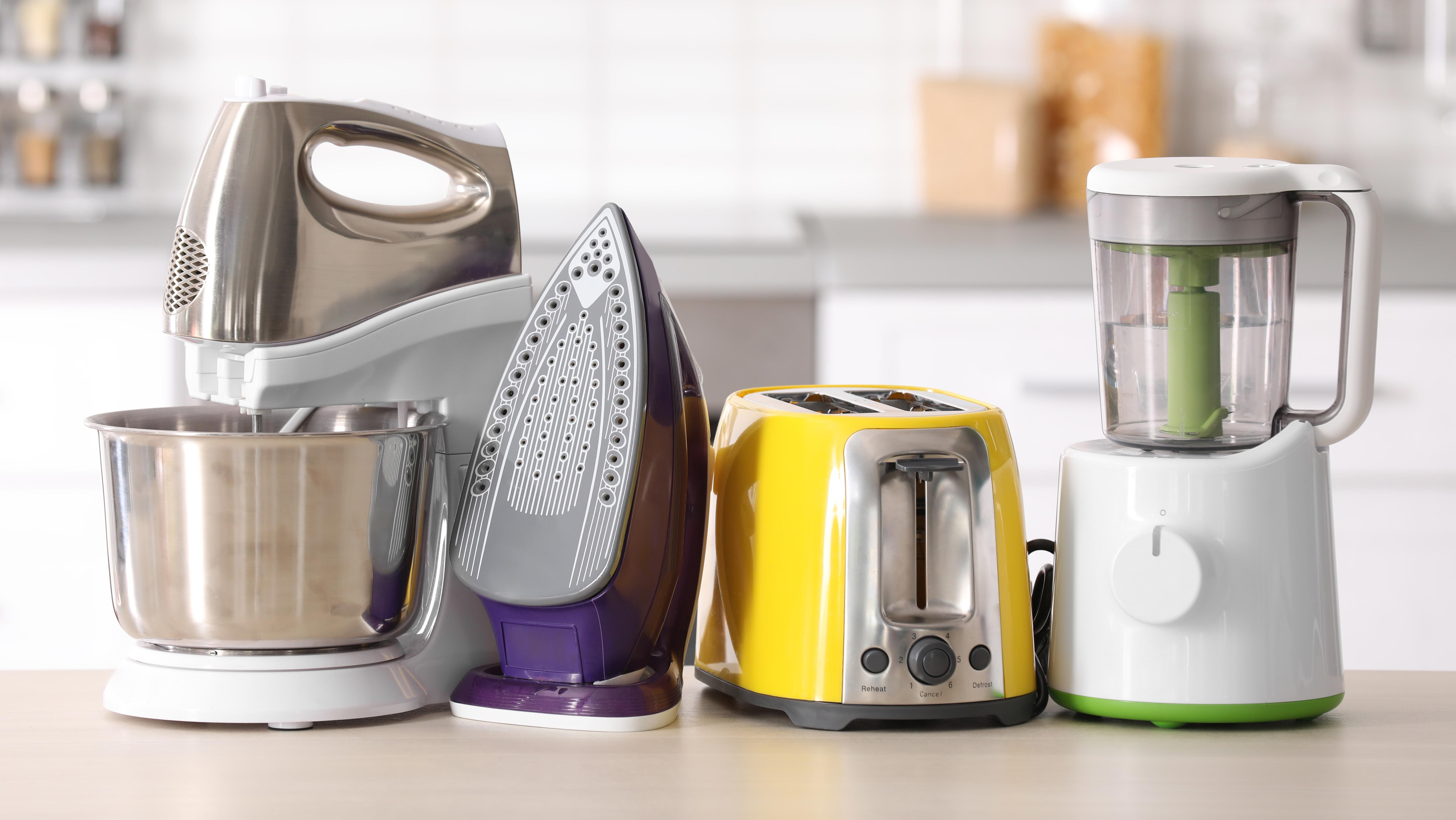
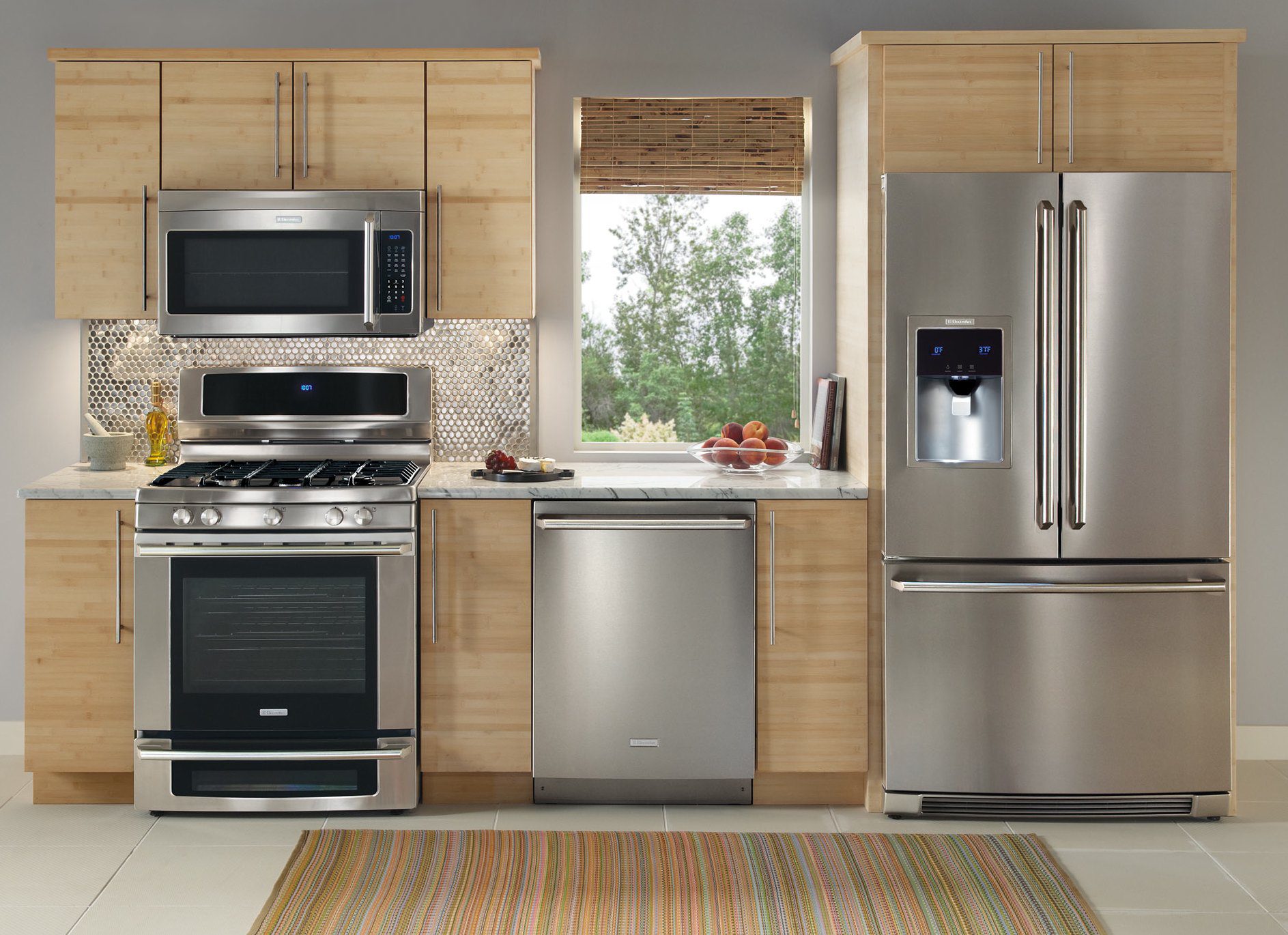
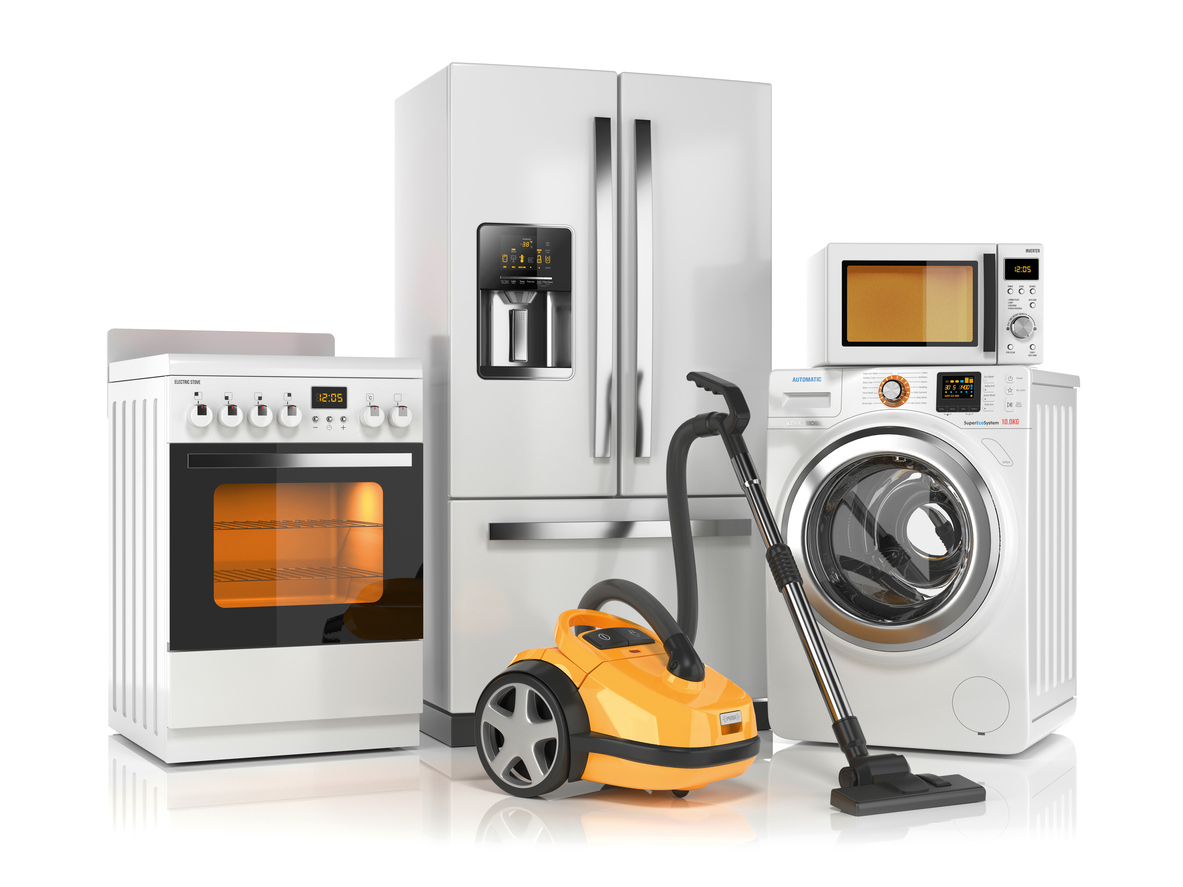

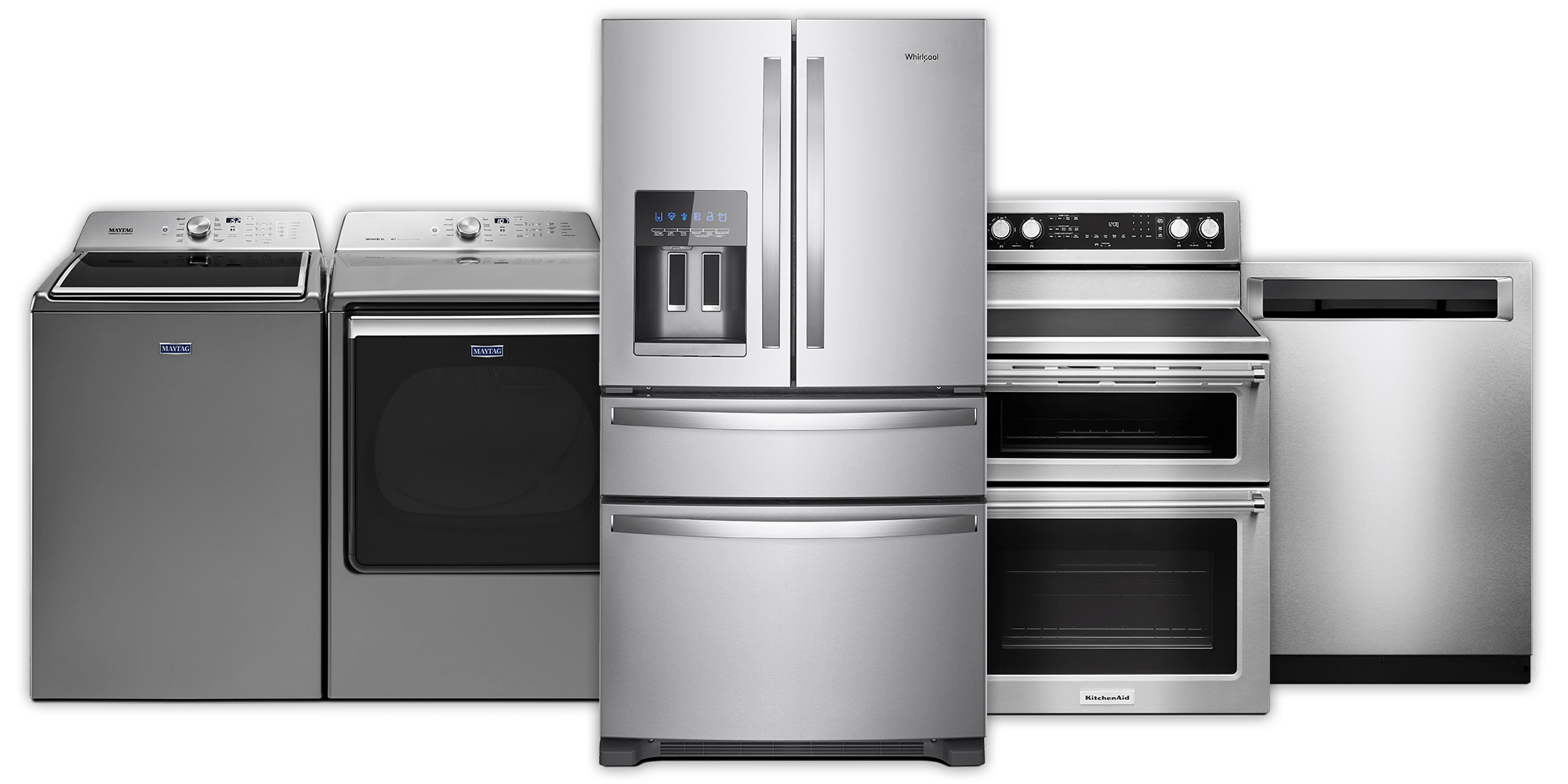
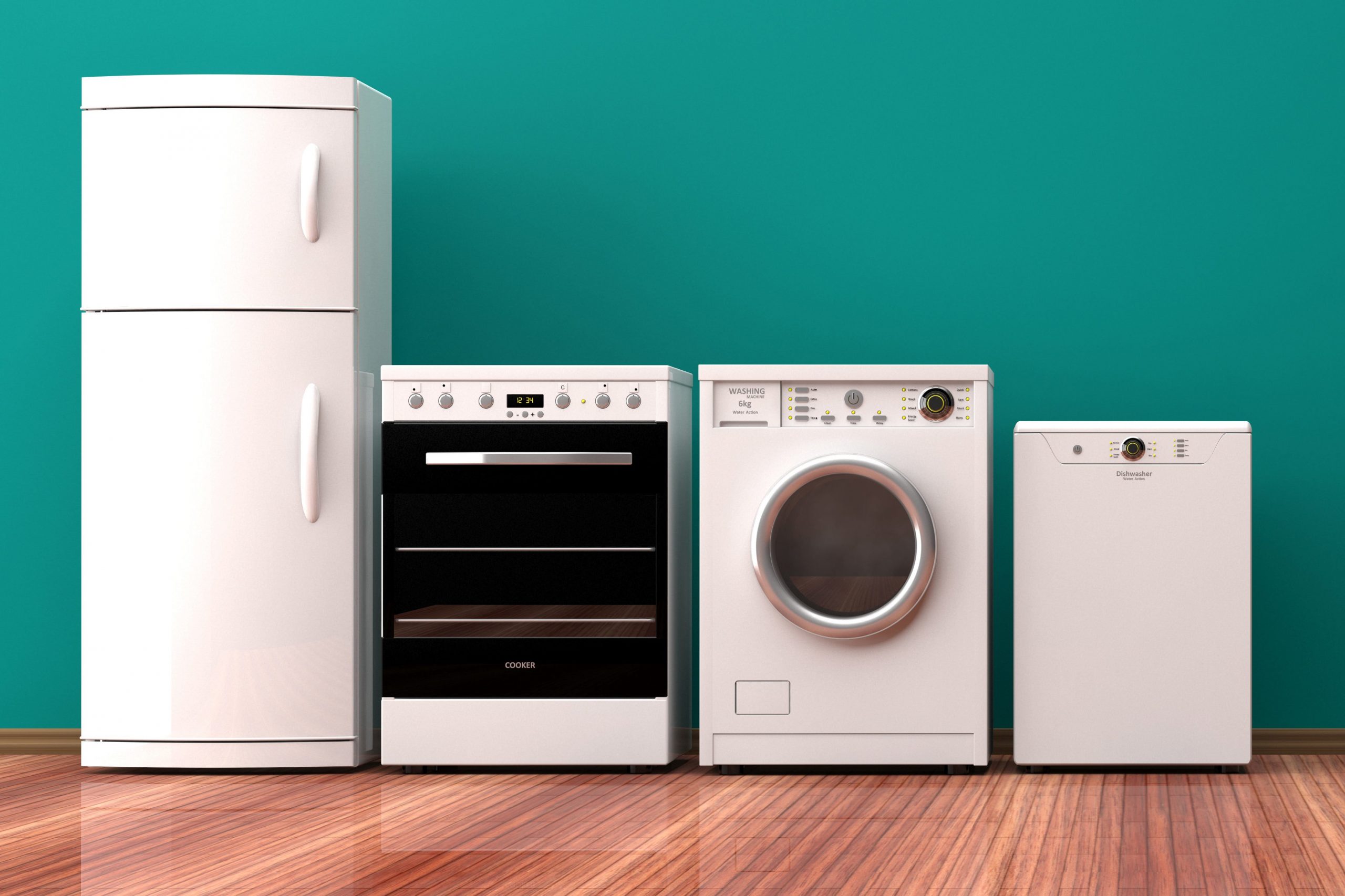
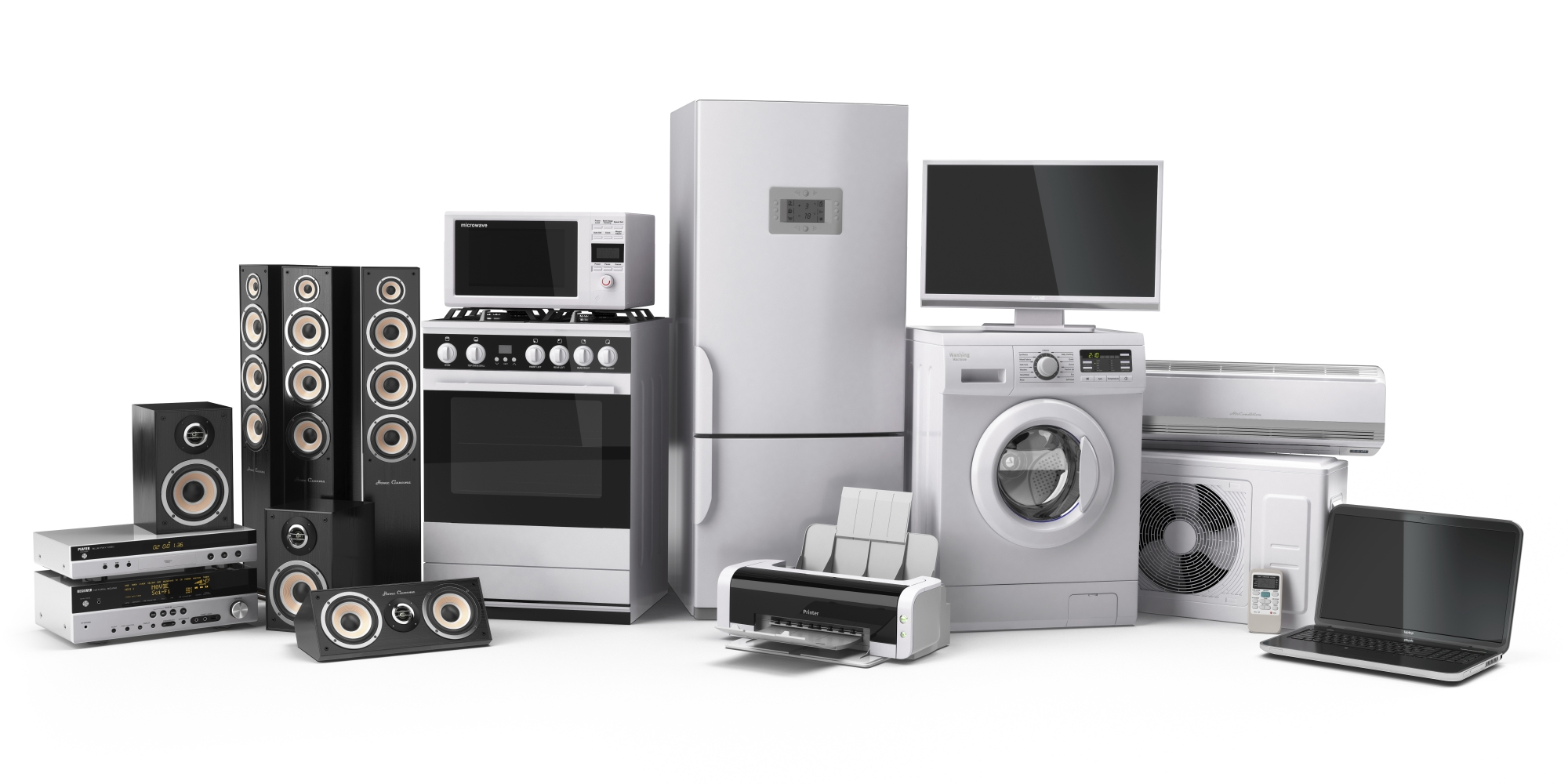
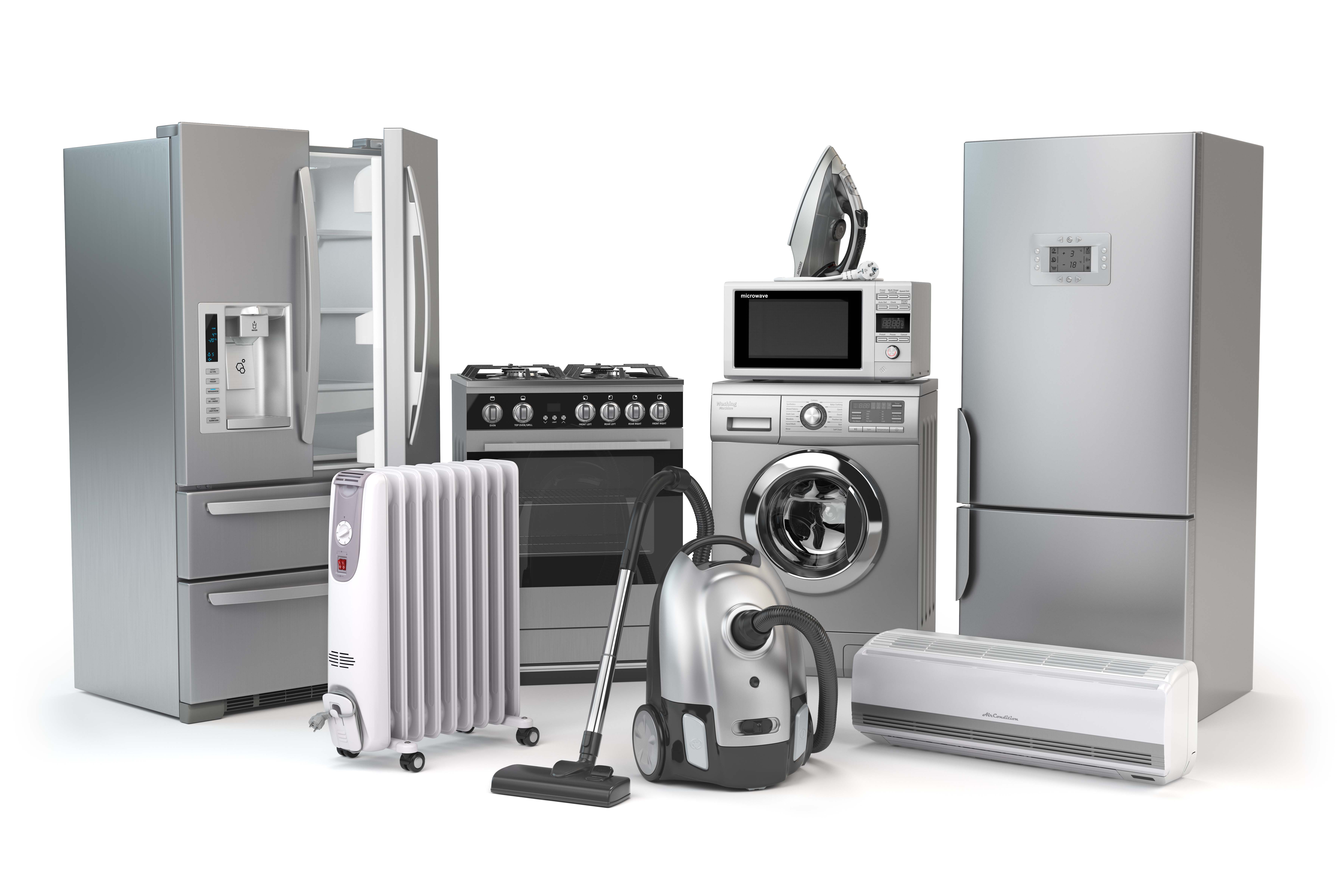
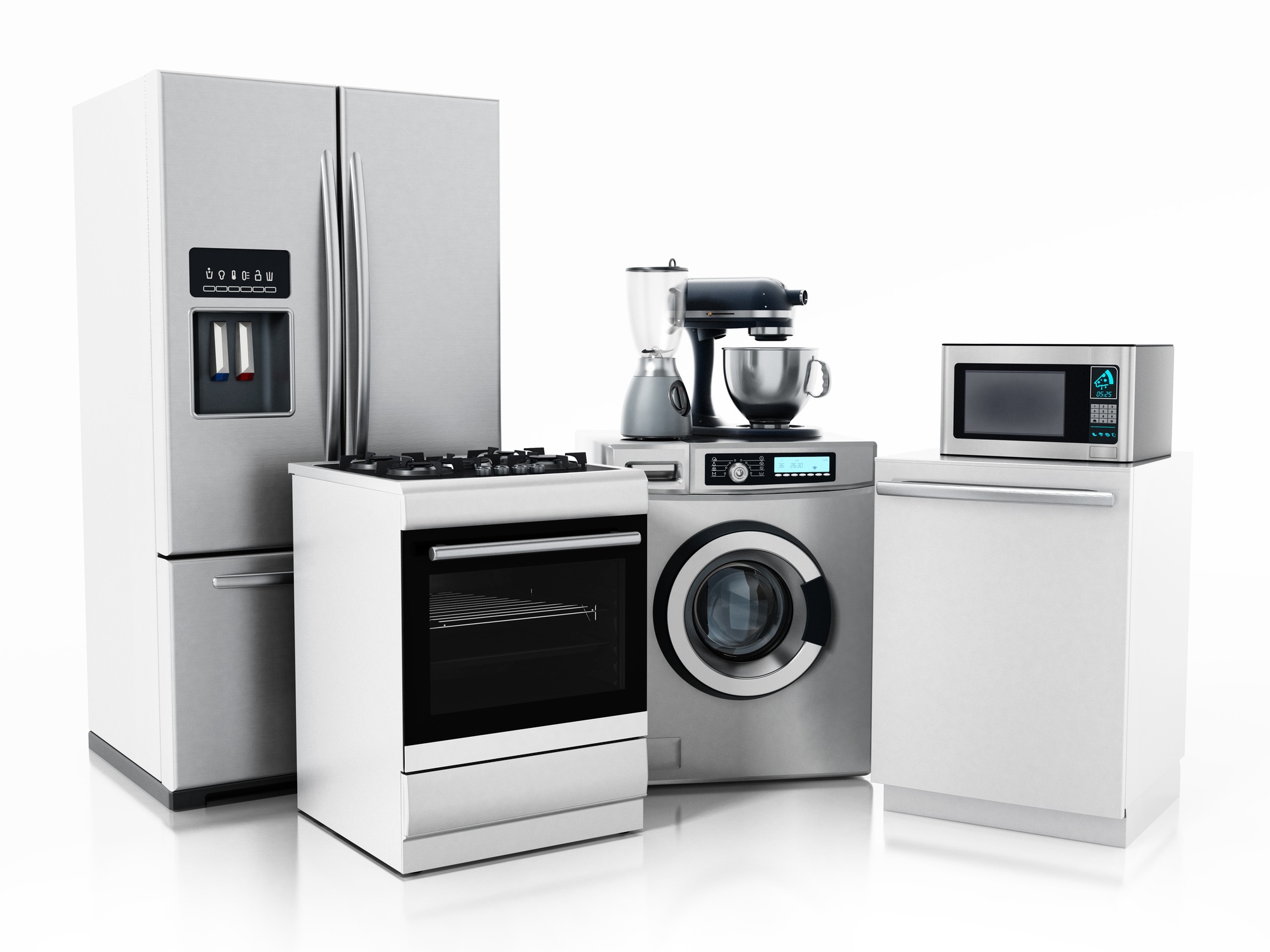





/182786404-56a9f6725f9b58b7d00038e0.jpg)
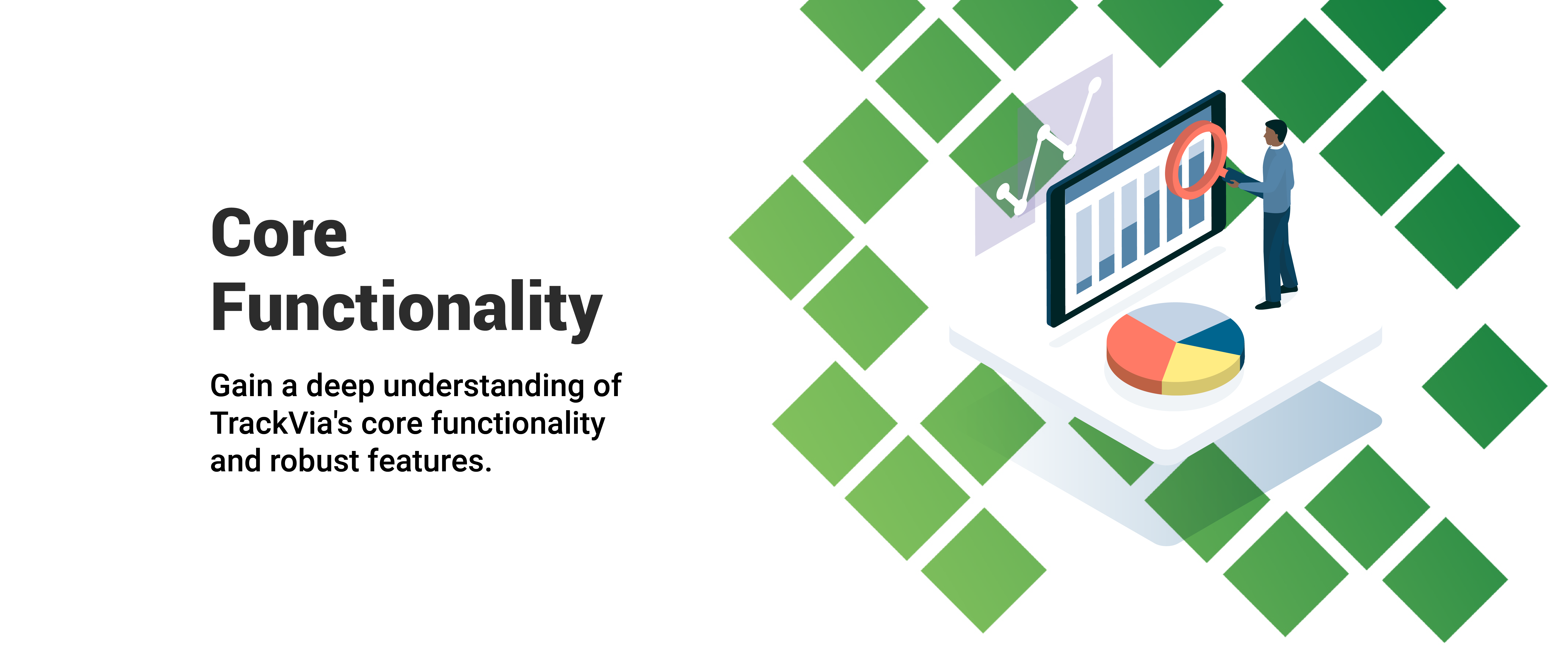


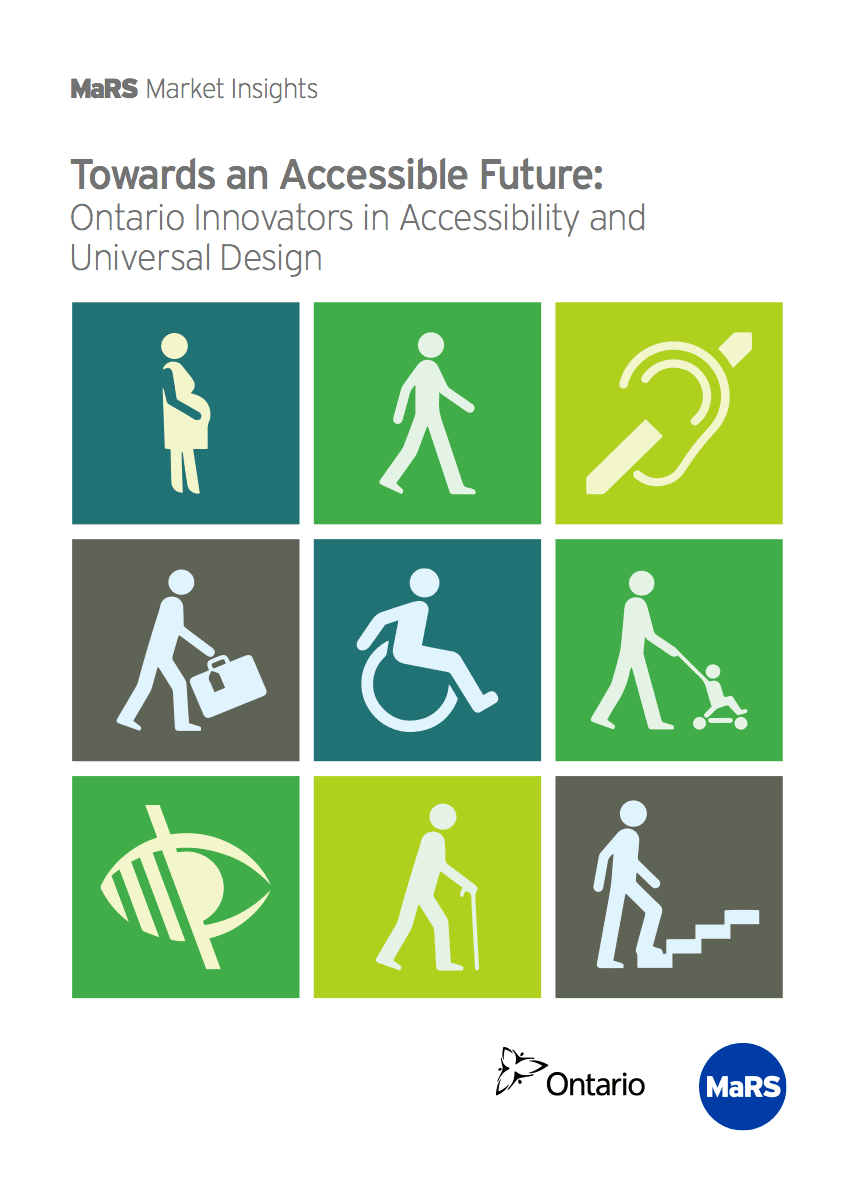
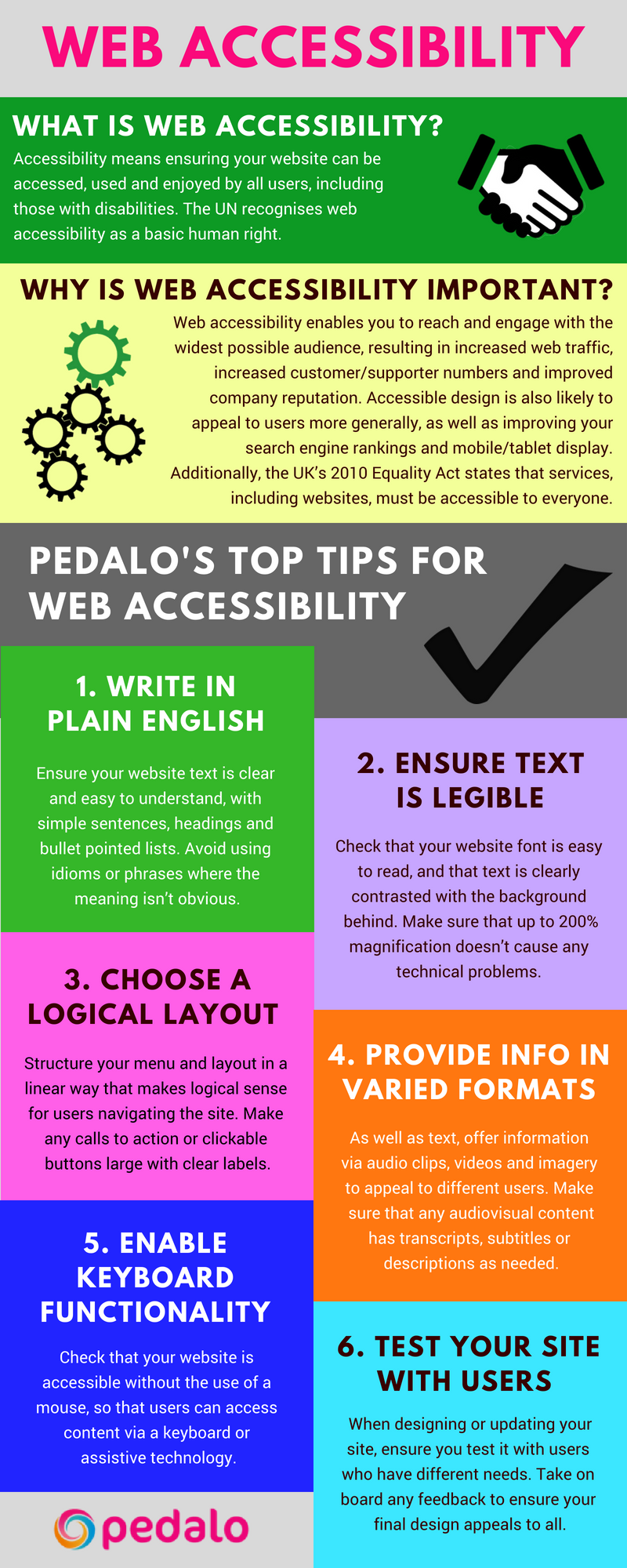








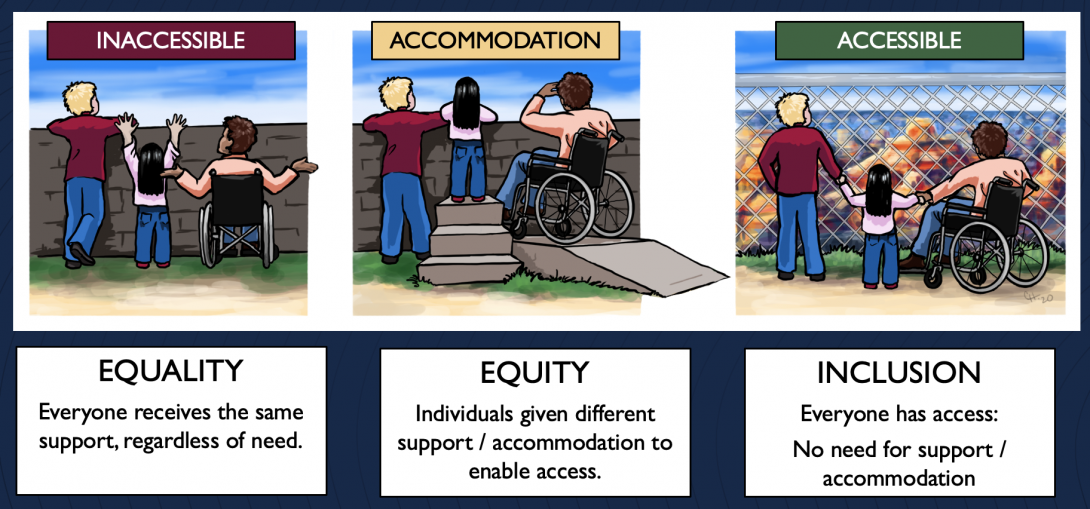




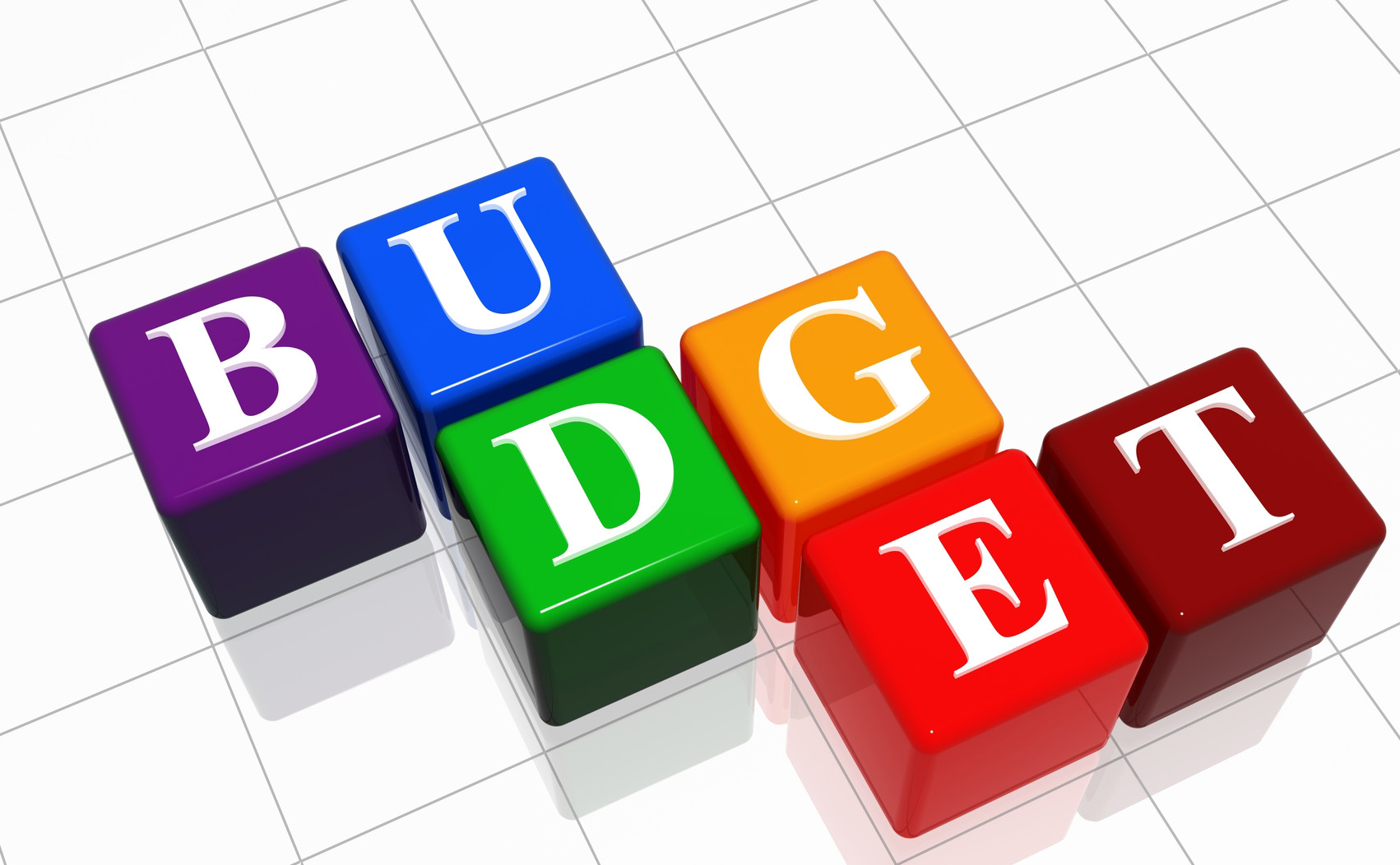


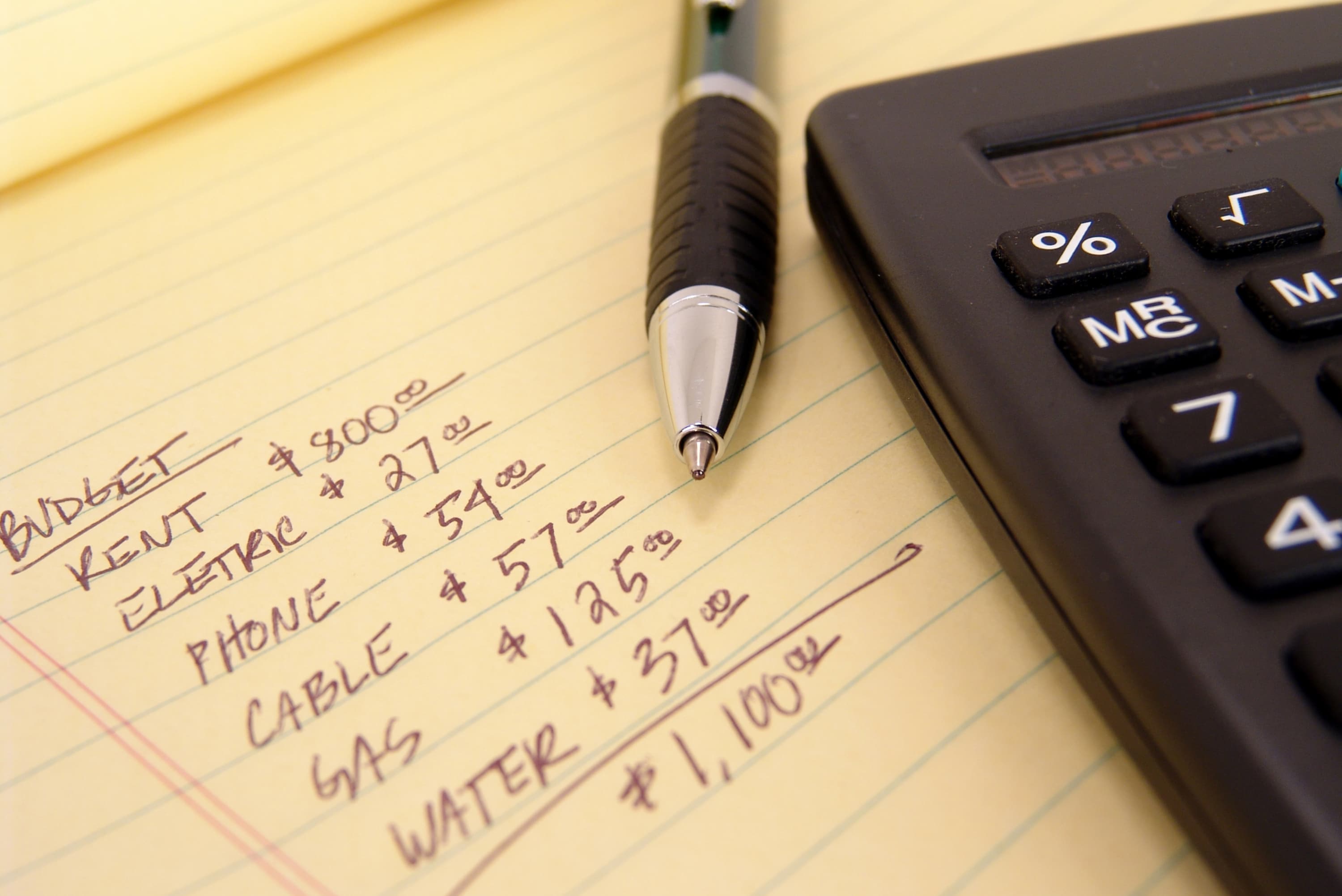

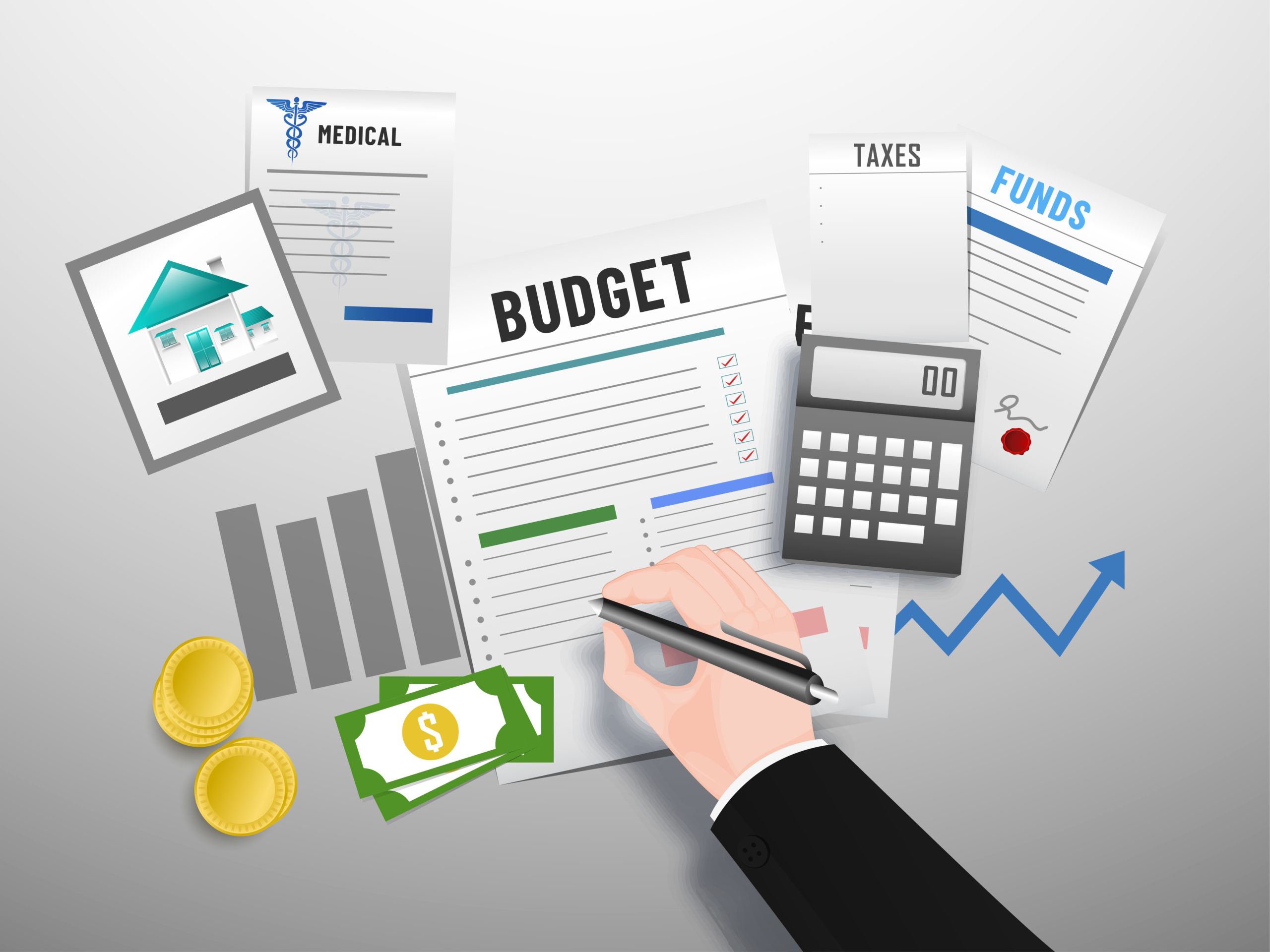




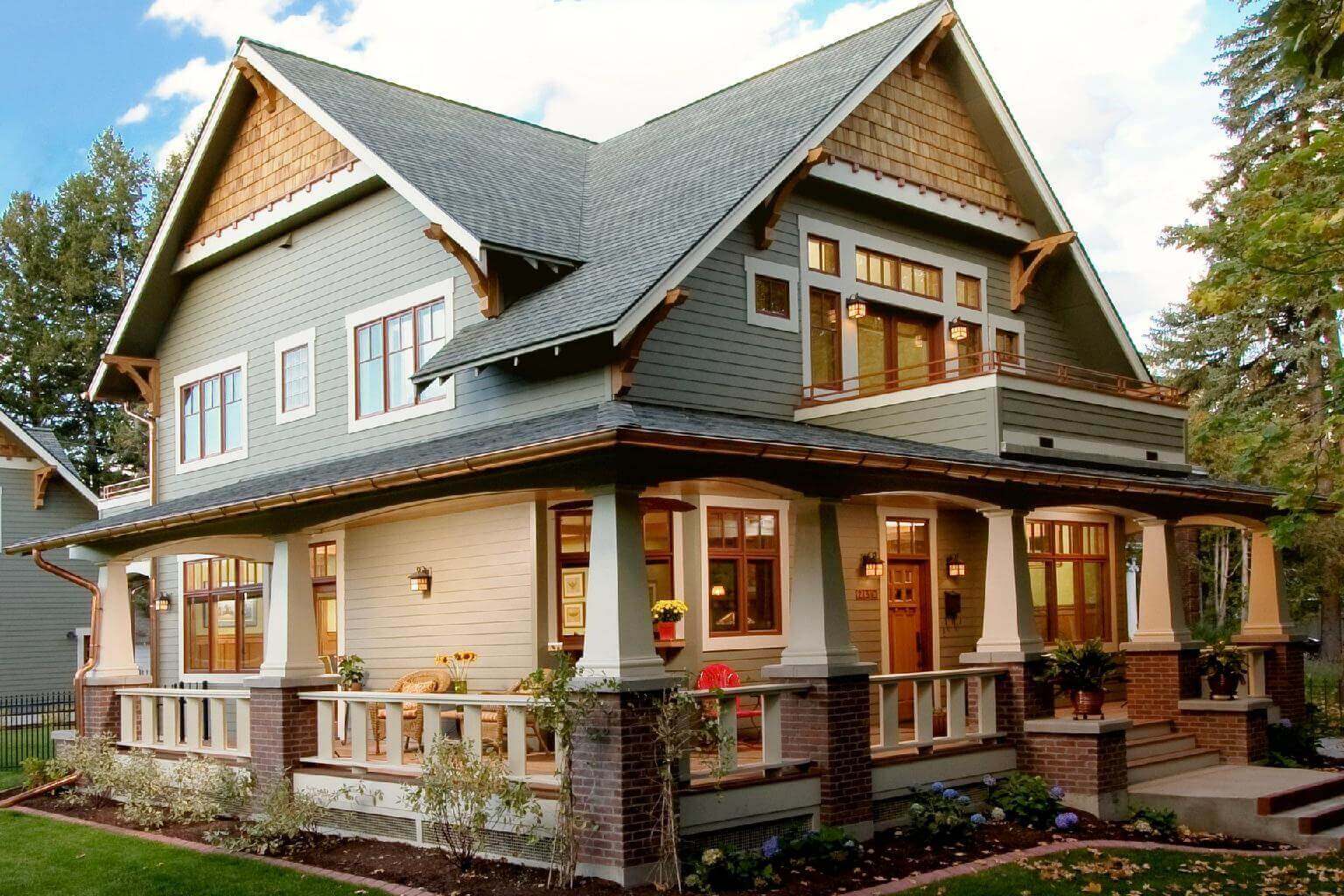


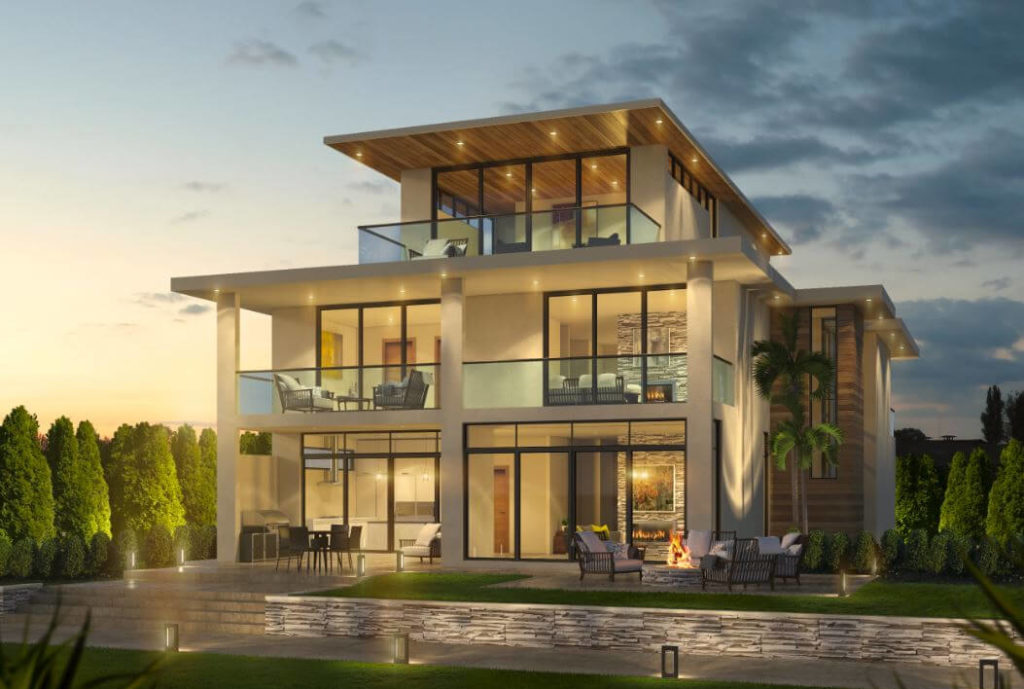
.jpg)
